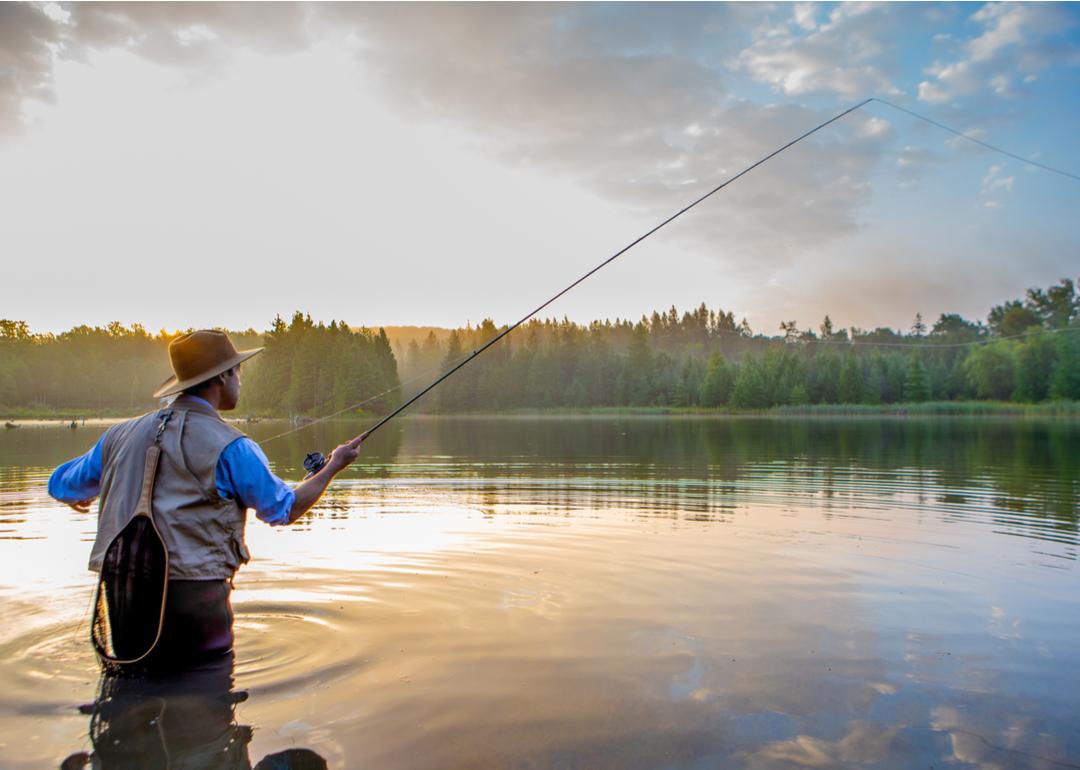
This story originally appeared on Stacker and was produced and distributed in partnership with Stacker Studio.
Iconic fly fishing destinations in every state
The lure of the hunt, the thrill of the catch, and the wild comfort of nature attract around 7 million fly anglers to shorelines, riverbeds, and streams across the U.S. each year. Some of the greatest fly fishing in the world can be found between America’s coastlines, from city waterways and rural reservoirs to historic watering spots and glacier-fed rivers. There is truly a location for everyone, from the novice to the expert fly fisher.
Curated compiled a state-by-state list of notable fly fishing destinations, including Washington D.C. Among these locations are a fly fishing spot highlighted in a major ’90s film, a water body bustling with salmon that can weigh up to 90 pounds, a tailwater fishery surrounded by majestic desert canyons, and an angler's paradise just 45 minutes from the bright lights of the Big Easy. Each location on the forthcoming list has its own variety of fish species, scenery, optimal season for fly fishing, and rules and regulations—so be sure to check conditions and rules before setting out.
Cast off with Curated and explore the most iconic fly fishing destinations in every state.
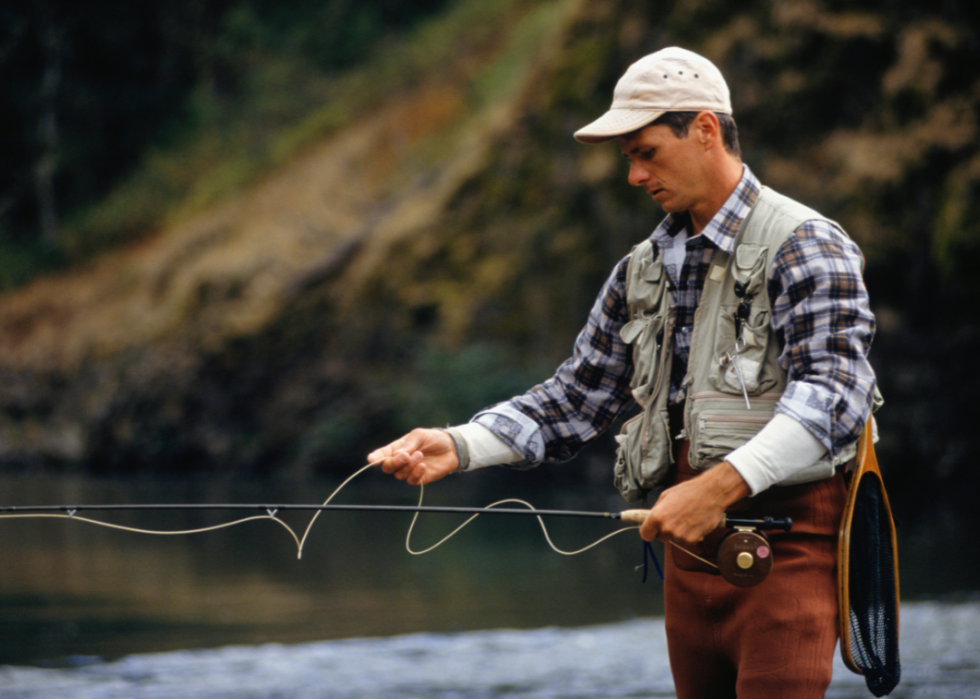
Alabama: Sipsey Fork
The stretch of Black Warrior River known as Sipsey Fork offers anglers a dozen miles of pristine trout fishing all year long. The Alabama Wildlife and Freshwater Fisheries Division has been stocking rainbow trout here since 1974, beneath the manmade Lewis Smith Lake. Water in Sipsey Fork stays below 70 degrees throughout the year thanks to the deep waters of the reservoir that feed it as power is generated through two turbines. Native fish can't survive in the chilly temps, but the 3,000 rainbow trout stocked monthly attract fly fishermen from all over the world.
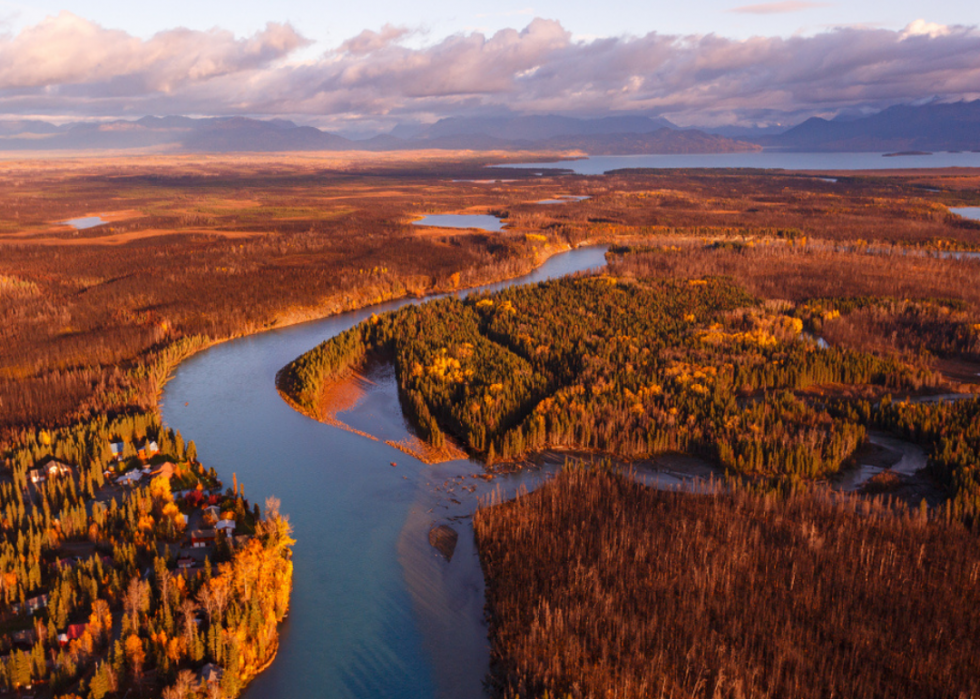
Alaska: Kenai River
The 82-mile Kenai River is Alaska's most popular destination for sport fishing and widely considered one of the best rainbow trout fly fishing rivers in the world. Hundreds of thousands of visitors arrive annually to fish the glaciated waters for 14 game fish species that include all five species of Pacific salmon found in North American waters. The Kenai River's king salmon can reach 90 pounds; the world-record king salmon, weighing 97 pounds, was caught here in 1985. The river boasts straightforward boat and walk-in access and easy proximity to Anchorage.
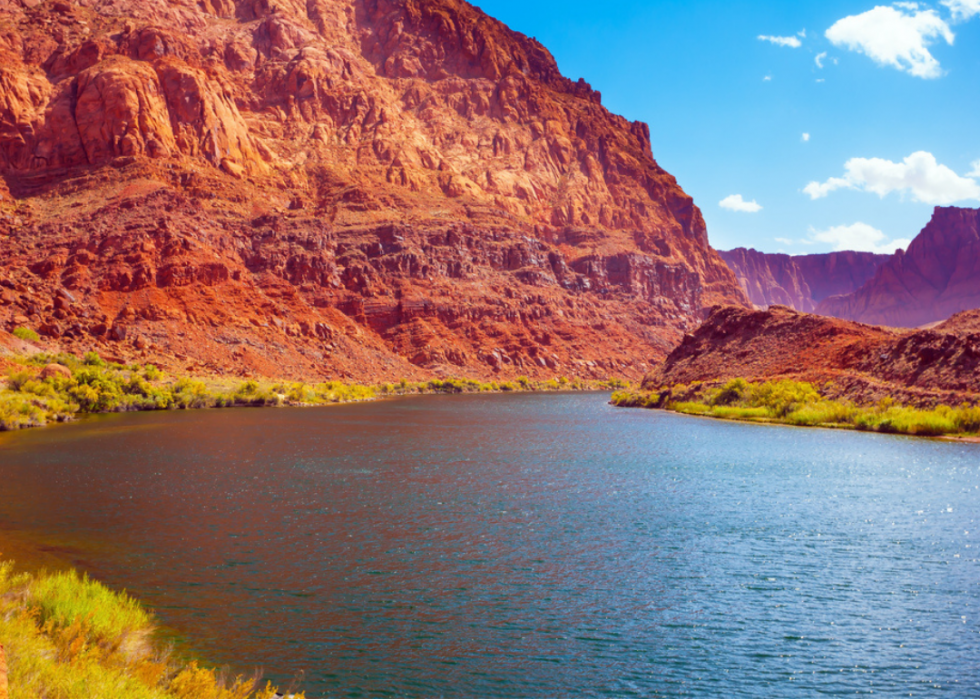
Arizona: Lees Ferry
Located on the Colorado River below the Glen Canyon Dam, Lees Ferry is a clear-running tailwater fishery renowned for its rainbow trout and expansive scenery. This section of river has in excess of 20,000 wild trout per mile. Fluctuations in water levels and food locations keep anglers on their toes; spring is one of the best times for fishing here due to giant midge hatches that attract hungry fish into very concentrated areas along the river.
A rising brown trout population in Lees Ferry now threatens native fish species downstream, including the humpback chub. An incentives program pays anglers for every brown they catch.
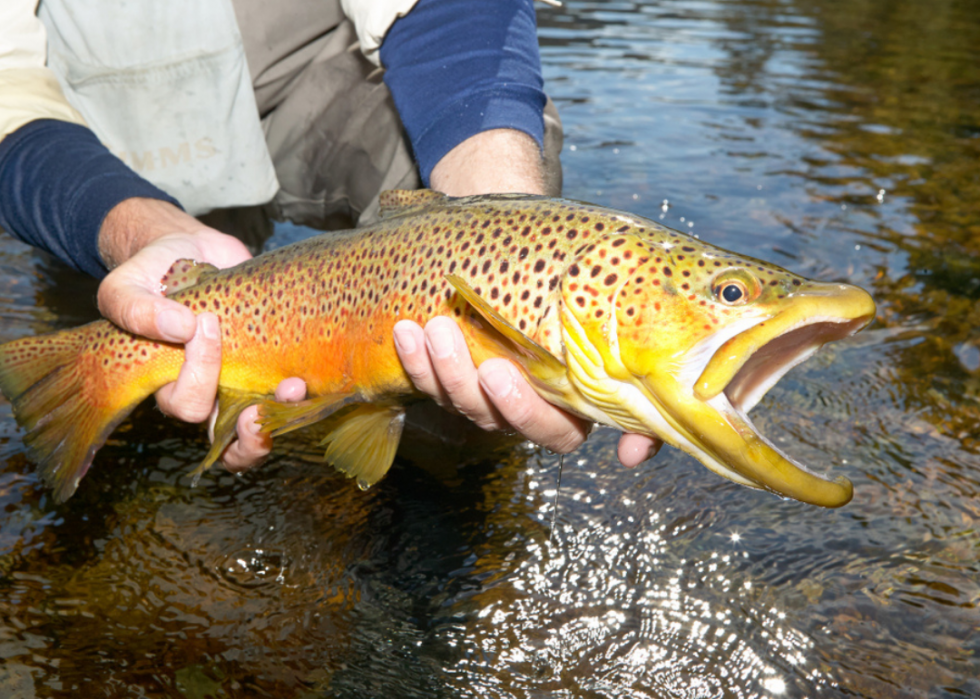
Arkansas: White River
The White River cuts through the Ozark Mountains and offers some of the best trout fishing in the country near the Bull Shoals Dam. The best months to fish the White are April through June when fish are most stocked, although dry fly fishing is best from late August through December in the lower waters of the river. A 9- to 12-foot, 4 to 6 weight rod with a 4X to 6X leader are sufficient for most fly fishing here, with fly recommendations varying by season and precipitation levels. You're most likely to catch trophy trout during mid-summer and mid-winter when traffic is down, but all four trout species found here are plentiful throughout the year.
Other fish found in the White River include sunfish, bass, catfish, and walleye.
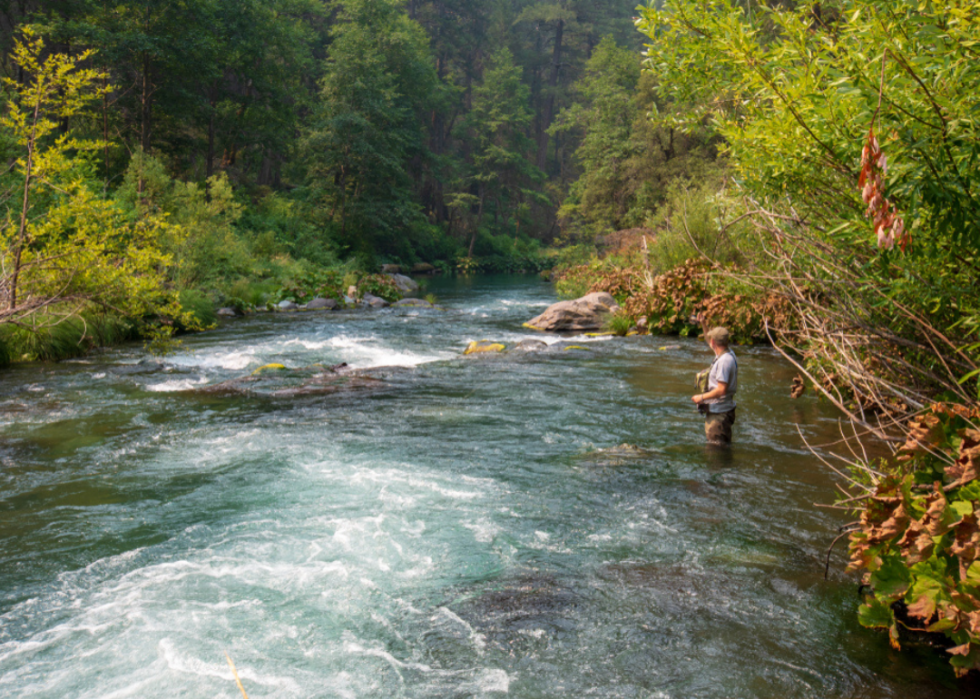
California: The McCloud River
Divided into upper and lower sections, the McCloud River is a 77-mile-long tributary in Northern California featuring waterfalls, canyons, forest, and giant boulders emerging from the pristine water. The turquoise-color river is home to the McCloud River redband trout (Oncorhynchus mykiss stonei), the famous McCloud River rainbows (salmo Shasta), and many other species offering a mix of nymphing and dry fly fishing for anglers all over the world. Popular fishing spots are along the Lower McCloud River, near Fowler Camp, and below Lakin Dam. At the McCloud River Preserve in Shasta, just 10 anglers are allowed to fish (catch and release only) at a time; individuals can make up to five reservations a season. McCloud fishing rules all along the river set a bag limit of two fish.
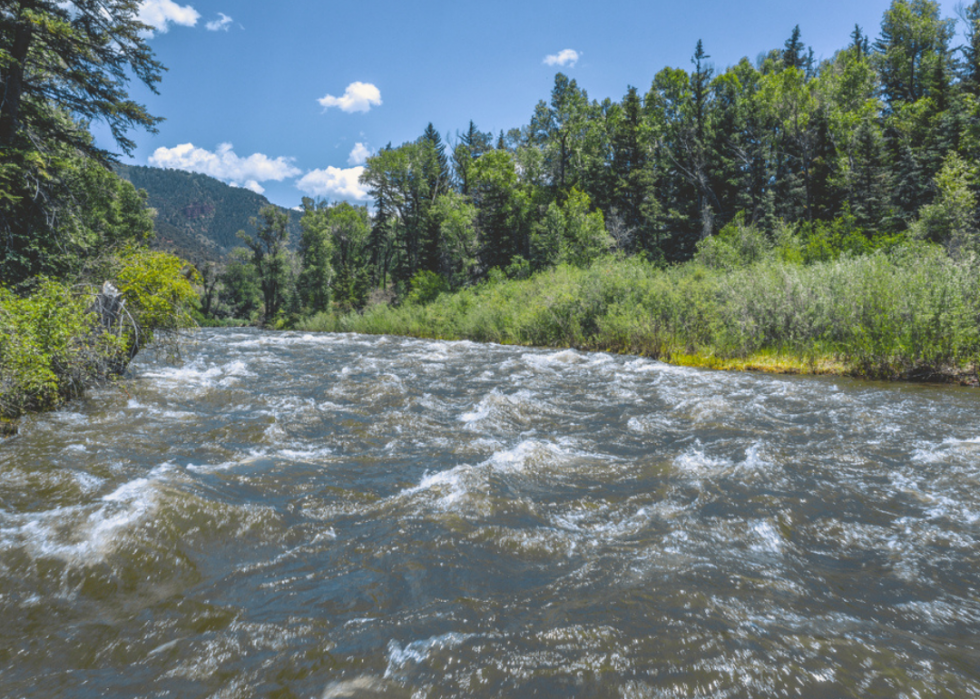
Colorado: Fryingpan River
Wild trout species including brookies, browns, cutthroats, and rainbows are abundant in the popular Fryingpan River, a 42-mile long tributary of the Roaring Fork River in west-central Colorado just east of Aspen. Dry flies are fished year-round here and public access is plentiful. The best place to fish along "The Pan" is the Gold Medal section running for 14 miles from below Ruedi Reservoir to Basalt, Colorado—but be forewarned that the crowds here are plentiful and catch and release is required for all trout besides browns.
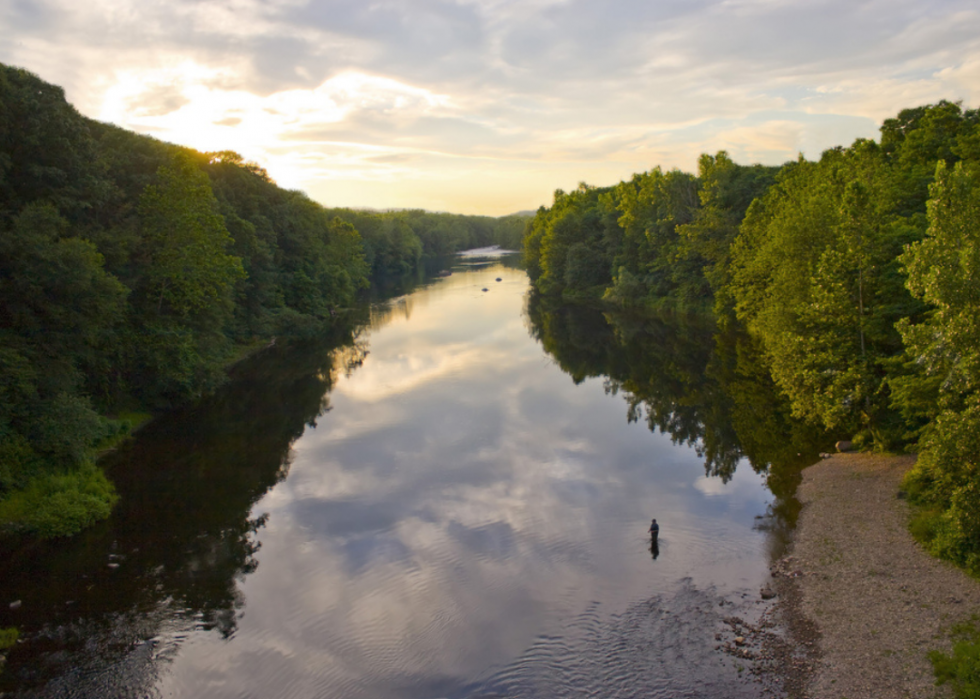
Connecticut: Farmington River
The 22-mile Farmington River offers year-round fishing in its Upper Trout Management Area (TMA), while its Lower TMA offers seasonal catch and release. The West Branch of the river in the Upper TMA—particularly from Riverton down to New Hartford—is most popular among fly anglers, with high trout population density and excellent year-round fishing, especially for dry fly fishing. Conservation efforts in the last half-century have dramatically improved water quality along the Farmington and encouraged the natural reproduction of native trout in addition to populations benefiting from regular stocking. Drift boats and rafts are utilized by many fly anglers where wade fishing isn't possible.
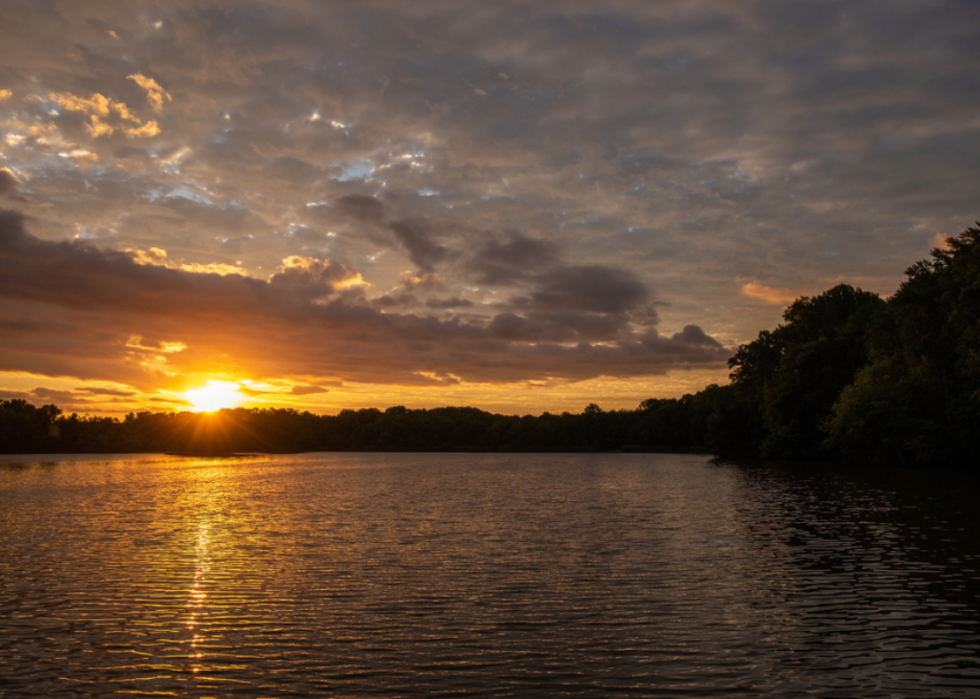
Delaware: Lums Pond State Park
At nearly 190 acres, Lums Pond is the largest freshwater pond in the state of Delaware. A state-record-setting striped bass hybrid weighing in at over 13 pounds was caught here. The pond is home to a larger number of bass and hybrid striped bass (stocked periodically), along with crappie, perch, and sunfish. Fishing is possible from the shoreline or a boat, the latter of which can be rented on-site.
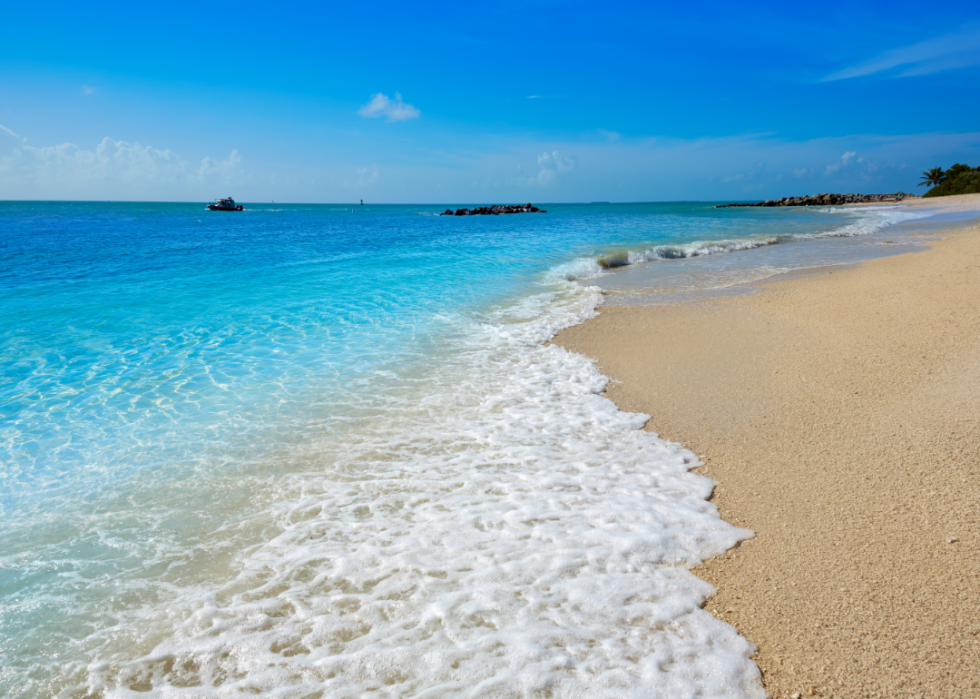
Florida: Key West
Key West is an unforgettable fly fishing destination, with waters boasting barracuda, permit, mackerel, tarpon, jack, and even some blackfin tuna. The challenging fishing area makes it a hub for fly anglers, many of whom spend several months a year in this tropical paradise. Flats fishing stands as the gold standard for fly anglers pursuing tarpon, permit, and bonefish.
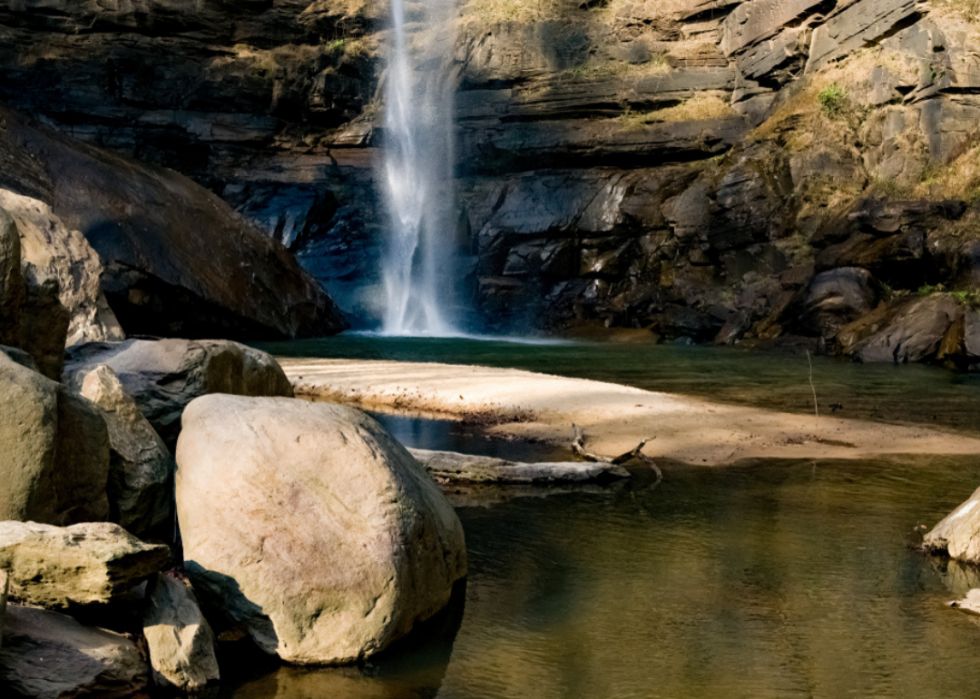
Georgia: The Toccoa River
While this river runs high, making wading impossible, it is filled with smallmouths, browns, and rainbows. The Toccoa is divided into an upper and lower portion, both of which make for excellent fly fishing—although the upper is known for being heavily stocked. Caddis imitations are the expert-recommended flies to use on this Georgia river. The best fishing occurs here between February and June, with high-volume spring hatches and high water levels for anglers who prefer floating to standing on the shore.
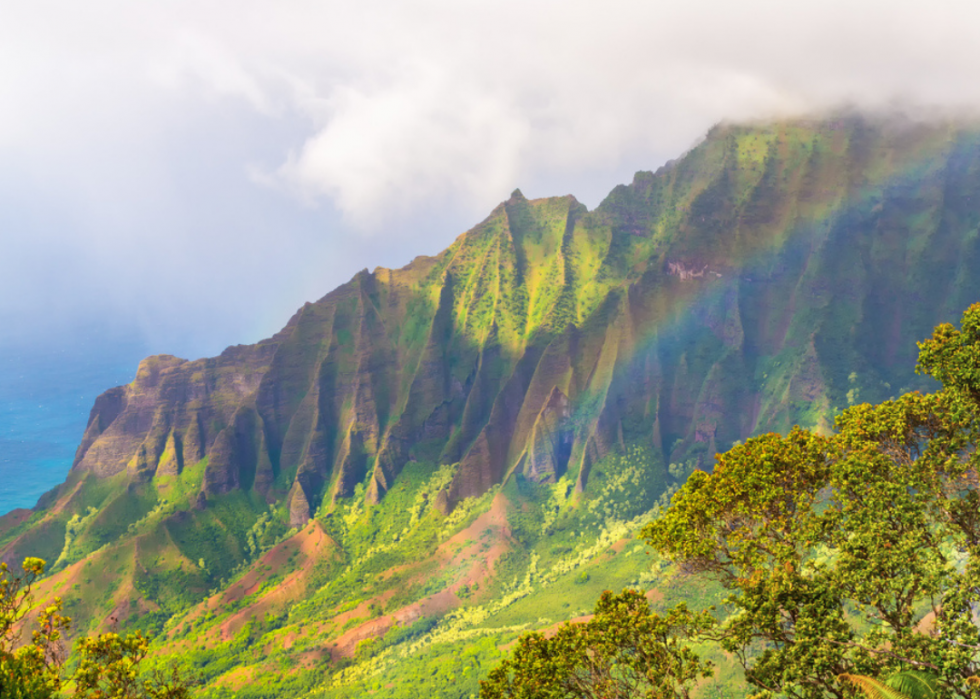
Hawaii: Kōkeʻe State Park
Located on the island of Kauaʻi, Kōkeʻe State Park stands as the only location in Hawaii where trout can survive. The fish were first introduced here more than a century ago, with their descendants still reproducing today and rainbows continuously stocked in the mountain streams. Trout populations are at their height from June through September. Fishing here is extremely challenging, from wading in rocky and slippery terrain to finding the best spots—so fly anglers visiting Kōkeʻe State Park are wise to bring along a local fishing guide.
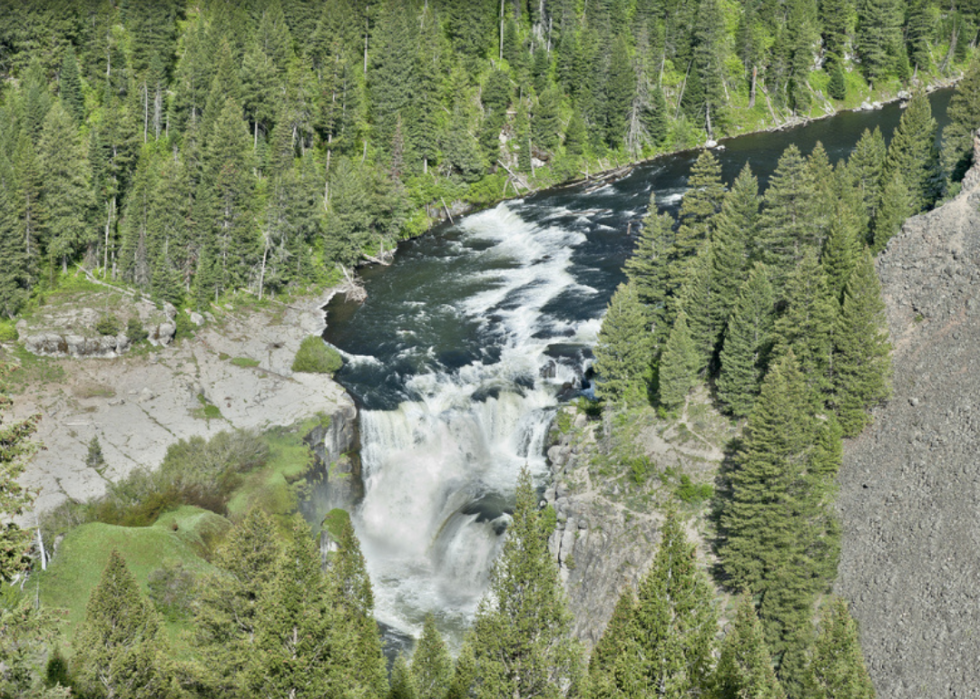
Idaho: Henry’s Fork
Named after Andrew Henry, the trapper who discovered it in the early 1800s, Henry’s Fork is a southeastern Idaho tributary on the Snake River. The months of May through July are peak fishing time for wild rainbow trout, namely due to the prolific salmonfly hatch that takes place along several western states (the hatch at Henry's Fork usually falls within a week of Memorial Day weekend). Anglers congregate along the route each year to fish the hatch and bring in trophy fish. Throwing different patterns is key to catching these monsters.
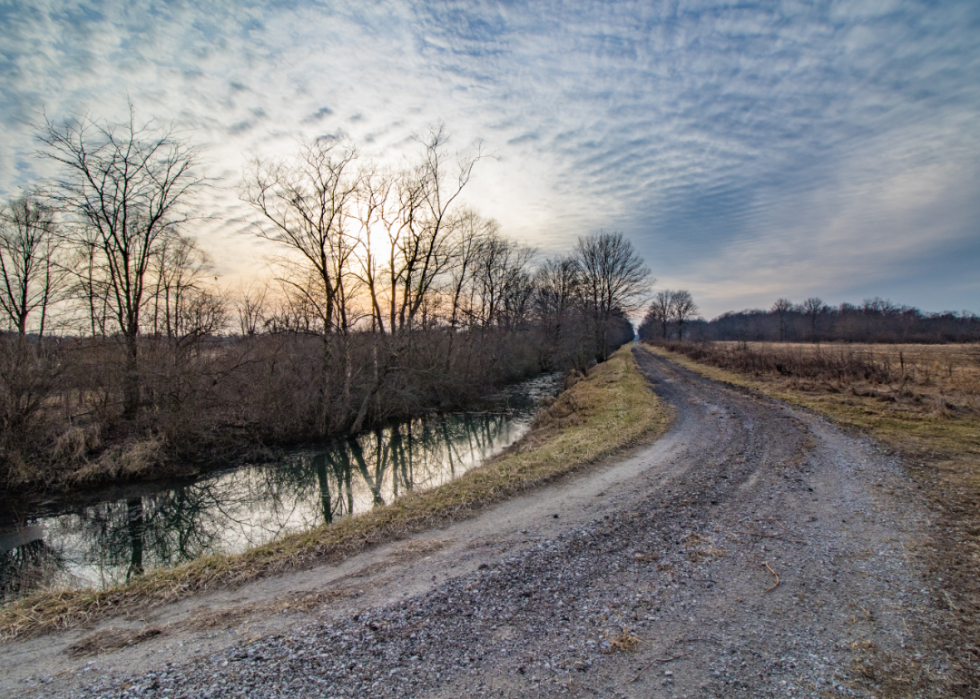
Illinois: Kankakee River
The Kankakee River is a tributary of the Illinois River running for more than 100 miles from Illinois to Indiana. Fly anglers flock to its shores for bronzebacks, largemouths, crappies, and trout that are stocked twice a year. Gravel-bottomed riffles and sandy pools can be found in this strikingly clear river that runs right through the popular Kankakee River State Park.
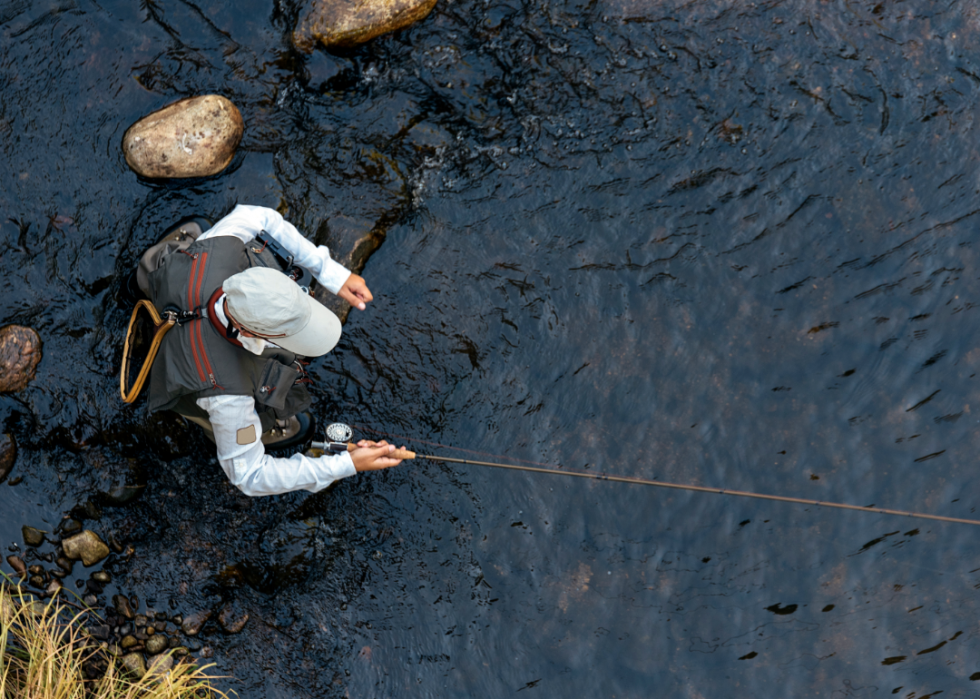
Indiana: East Fork of the Whitewater River
In a state not known for trout, the East Fork of the Whitewater River brings a pleasant surprise to anglers. The dam in Brookville releases the river into what's known as the Brookville Tailwater, a premier spot for trout fishing. Anglers can check the gauge before visiting to ensure water flow rates are hospitable to fishing. A standard tailwater fare of small nymphs (particularly in springtime) and wet flies are reliable producers for fly anglers here.
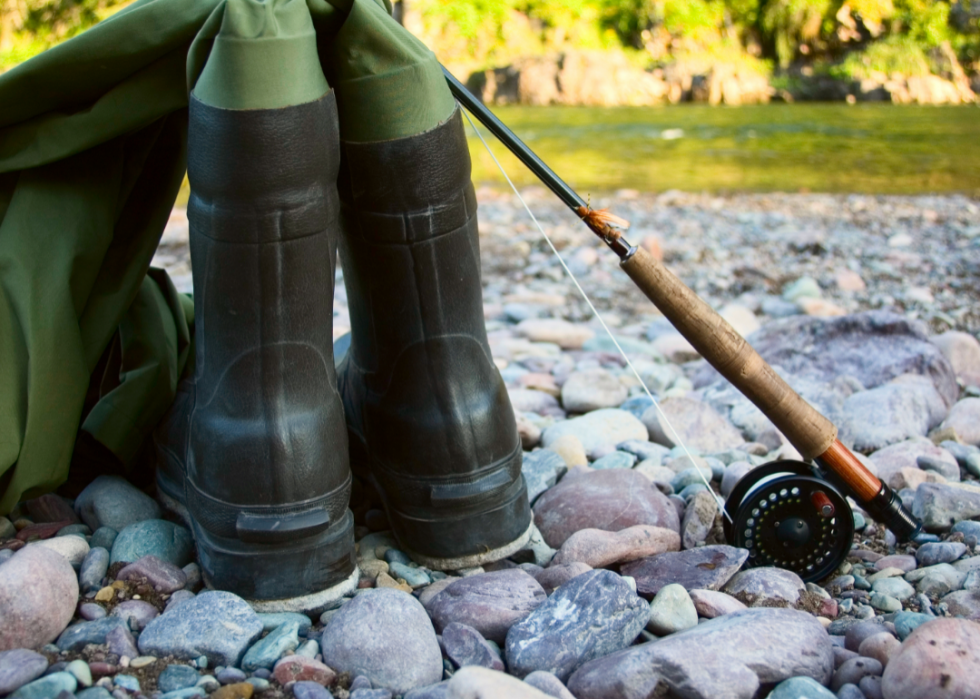
Iowa: Bloody Run Creek
Bloody Run Creek is one of the biggest trout streams in the area and boasts wild browns along with regularly stocked brookies and rainbows. Daily bag limits range from three to five for bass and trout. Much of Bloody Run Creek is private property so be sure to watch for marked signs indicating public areas or head over to Bloody Run County Park for easy access.
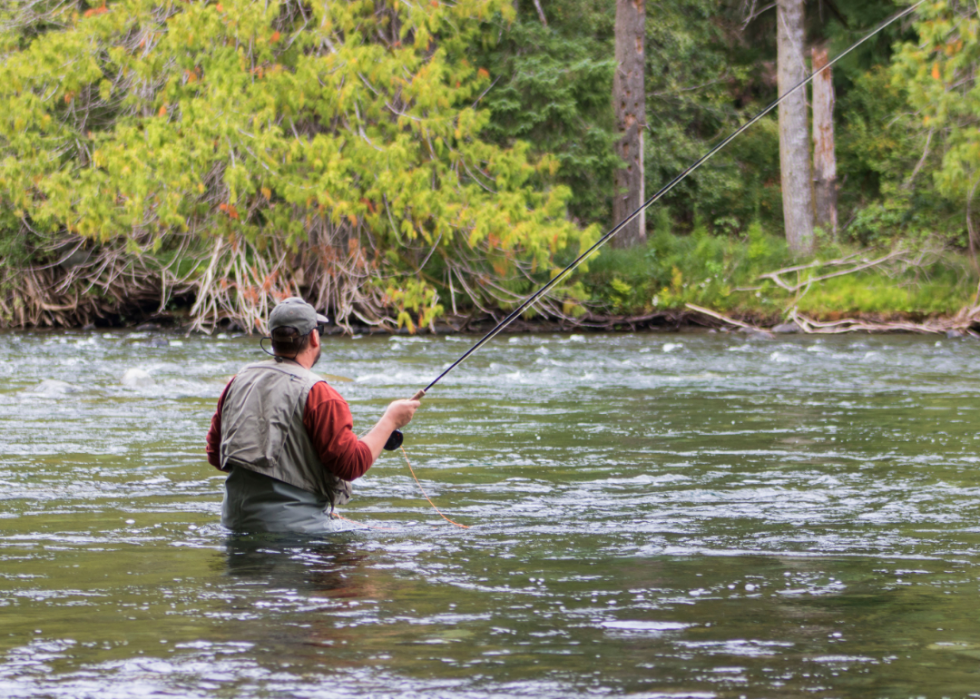
Kansas: Kanopolis Lake
Reservoir fishing throughout Kansas offers the best options for fly anglers, and the 3,400-acre Kanopolis Lake three hours west of Kansas City is no exception. Fly fishing is best done from the shore or by boat, with Kanopolis Lake State Park offering boat ramps along with camping and cabins for overnight visitors. Rainbow trout are stocked yearly in the seep stream under the dam here, with trout season running Nov. 1 through April 15.
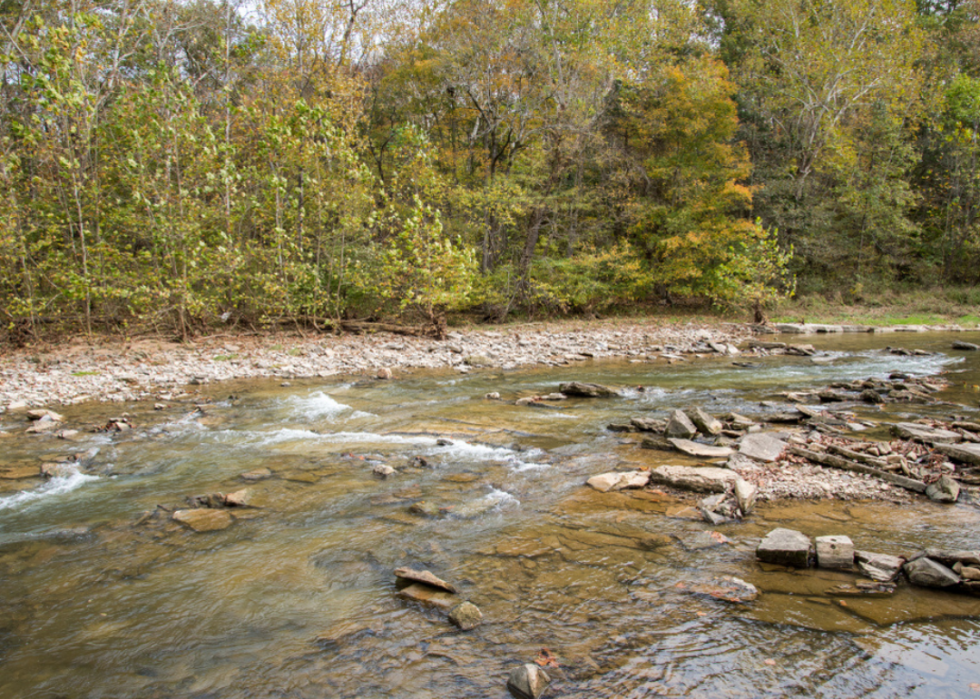
Kentucky: Otter Creek
One of the best spots for waders, Otter Creek is filled with a variety of sunfish species, smallmouth, and Kentucky spotted bass. The creek is stocked with trout by the state and local fly fishing club three times in the spring and again in October. Anglers typically find success here with 2 to 6 weight rods and classic egg, nymph, and worm patterns.
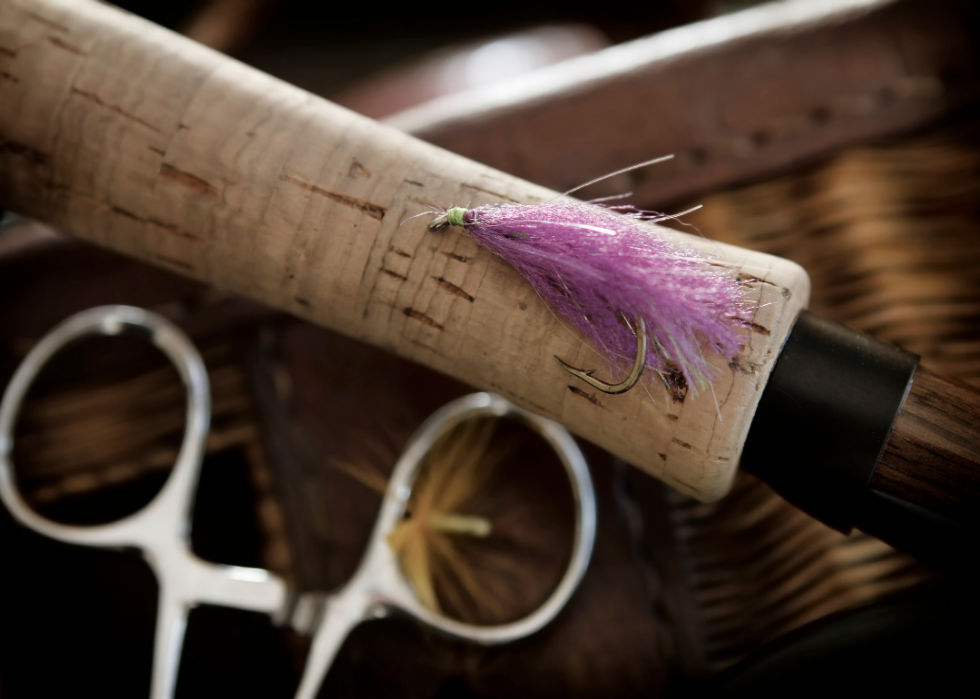
Louisiana: Hopedale
Saltwater marshes and freshwater estuaries in the small community of Hopedale, Louisiana, form a brackish environment attracting a tremendous amount of crustaceans and fish, making for a truly unique fly fishing experience. Redfish are particularly plentiful here, offering exciting and prolific year-round fishing just 45 minutes from the Big Easy. Other popular catches include black drum and sea trout.
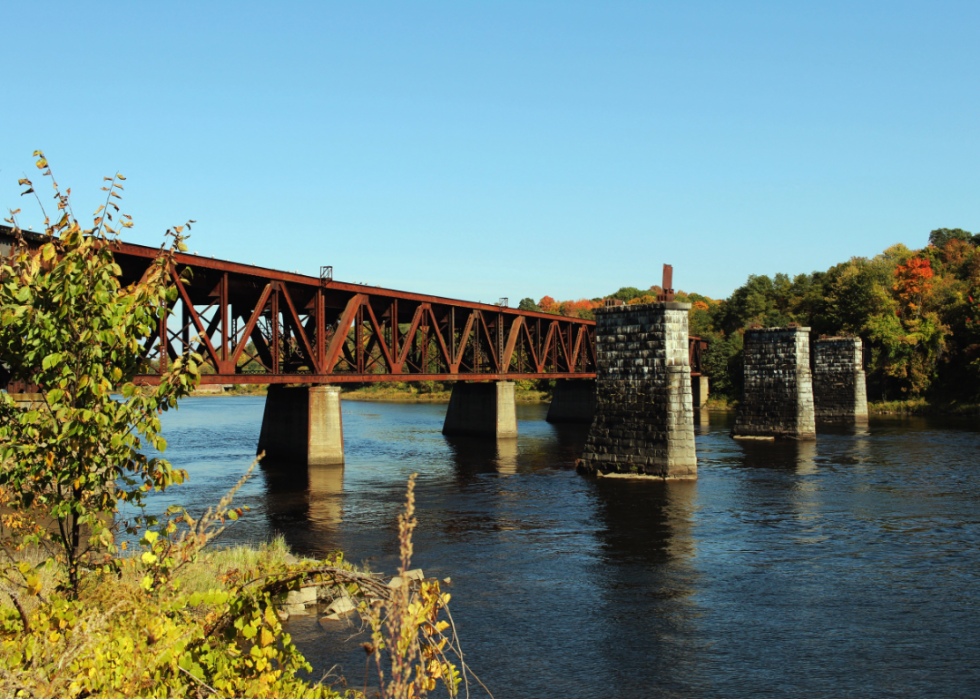
Maine: Kennebec River
Several dams interrupt the flow of the Kennebec River, making it a reliable tailwater fishery. All 170 miles of the river lie within the state of Maine, with the Upper Kennebec known for its abundance of native brook trout that can grow in excess of 20 inches. The Kennebec also offers browns and rainbows along with landlocked salmon.
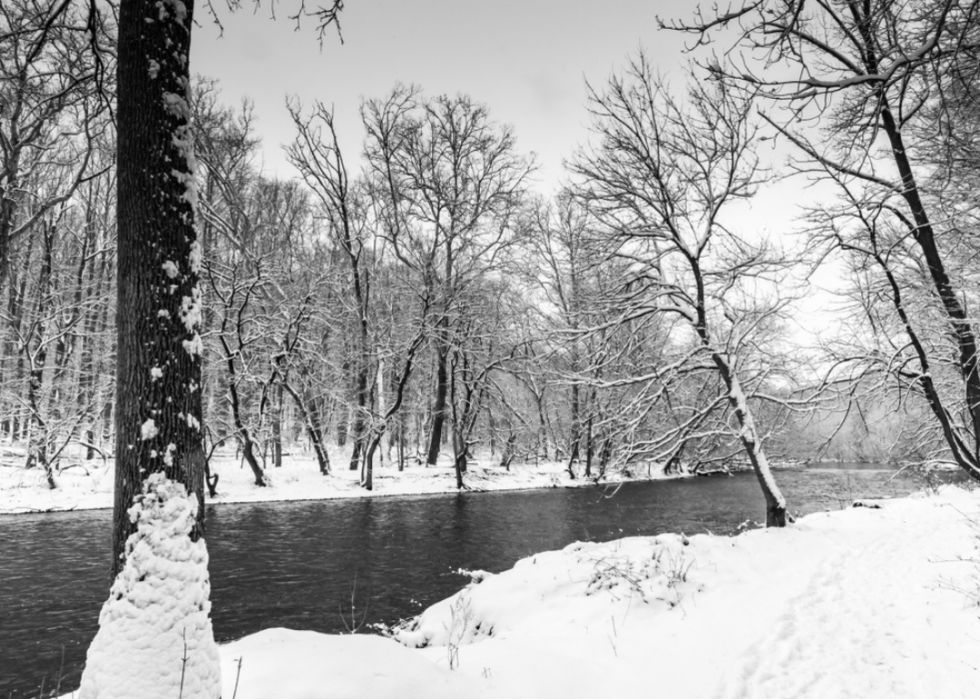
Maryland: Big Gunpowder Falls River
Located within a reasonable distance to Baltimore, this fly fishing spot features rainbow, brook, and brown trout. Consistent 55-degree water comes year-round out of the Prettyboy Reservoir Dam to maintain great tailwaters for fish and the anglers pursuing them. Browns can be reliably caught here by nymph fishing, with brown sculpins and white belly sculpins serving as solid universal streamers no matter the season. The seven miles following the dam are catch and release only and offer the best fishing along the river.
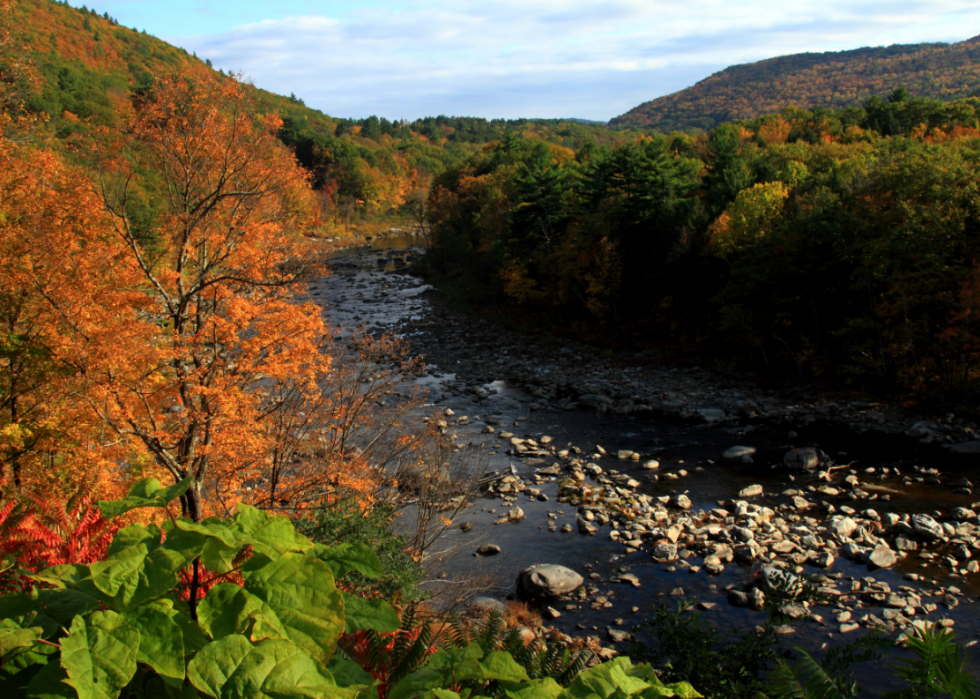
Massachusetts: Deerfield River
The Deerfield River offers great fly fishing in the Bay State with upper and lower portions featuring browns, rainbows, and brookies in the former and rainbows, browns, walleye, and smallmouths in the latter. Be sure to check flow schedules before heading out, as dams are plentiful along the river and water levels subject to significant fluctuations. Inflatable fly fishing rafts and pontoons are best for floating. Top stretches for trout are the upper reach from Fife Brook Dam to Number 4 Dam and lower from Shelburne Falls and down.
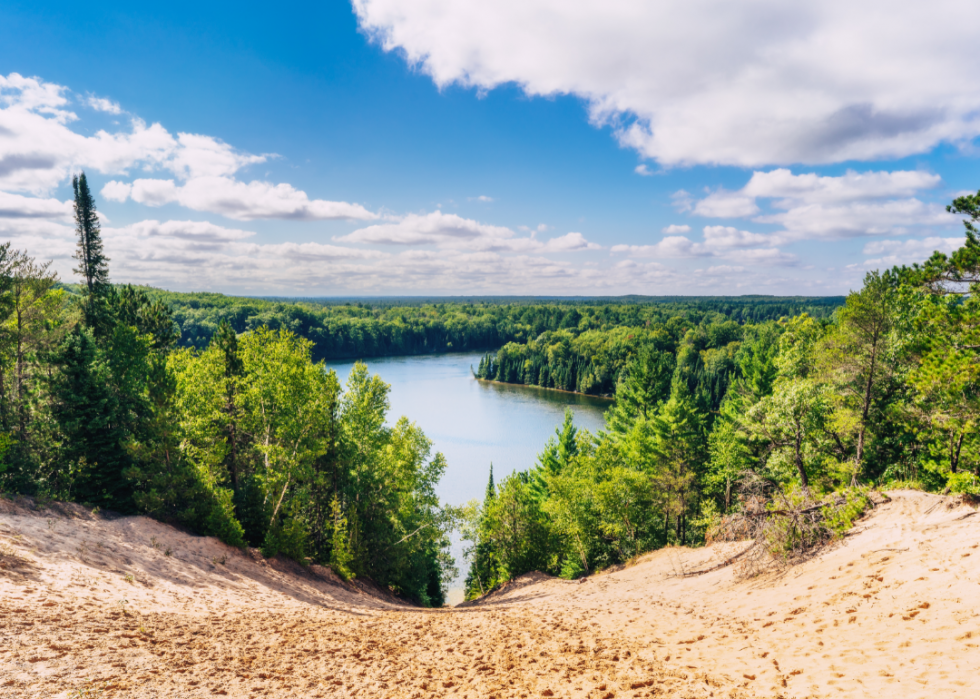
Michigan: Au Sable River
In addition to Michigan's 10,000-plus lakes, the state is home to more than 300 named rivers—many of which are fishable. The Au Sable River, home to one of the best trout fisheries in the U.S., runs for more than 100 miles along Michigan's northern lower peninsula to meet up with Lake Huron in Oscoda. The best fly fishing is in the catch-and-release section known as "Holy Water," a nearly nine-mile stretch between Grayling and Wakely Bridge where fly anglers will find great runs, prolific hatches, and easy wading among pools plentiful with trout.
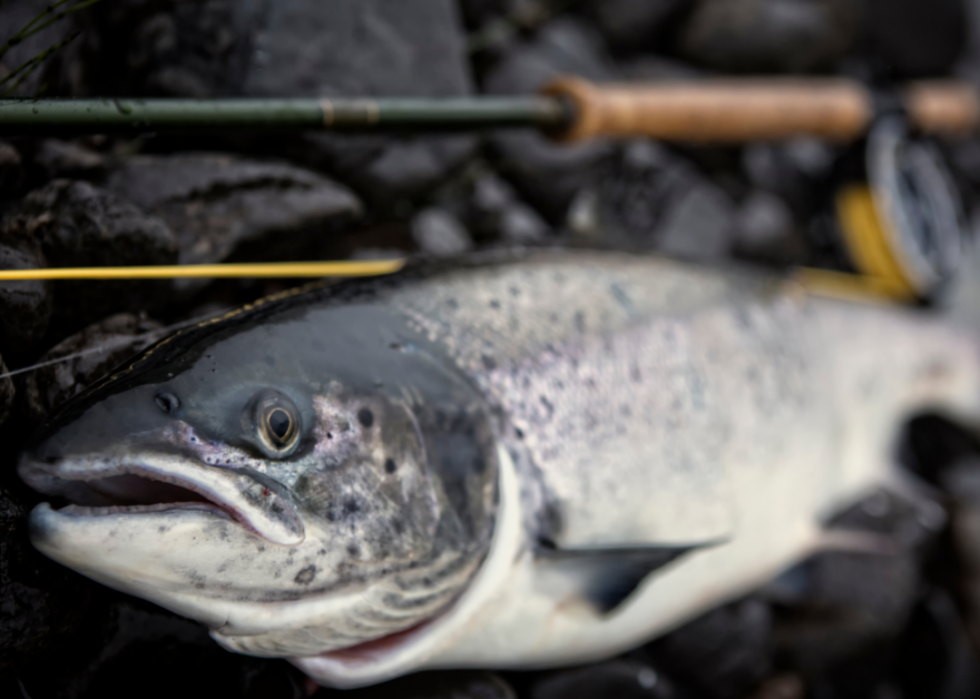
Minnesota: Whitewater River
With four different branches and waters that flow through two state parks, the Whitewater River is an angler’s dream. The main river is best for rainbow trout, while the middle branch offers brookies. A tributary of the Mississippi River, the Whitewater also houses browns in its clear waters. The river is riddled with numerous access points allowing anglers to spread out along the shores, shallow waters, and wildlife management area. Nymphs under strike indicators are wildly effective here.
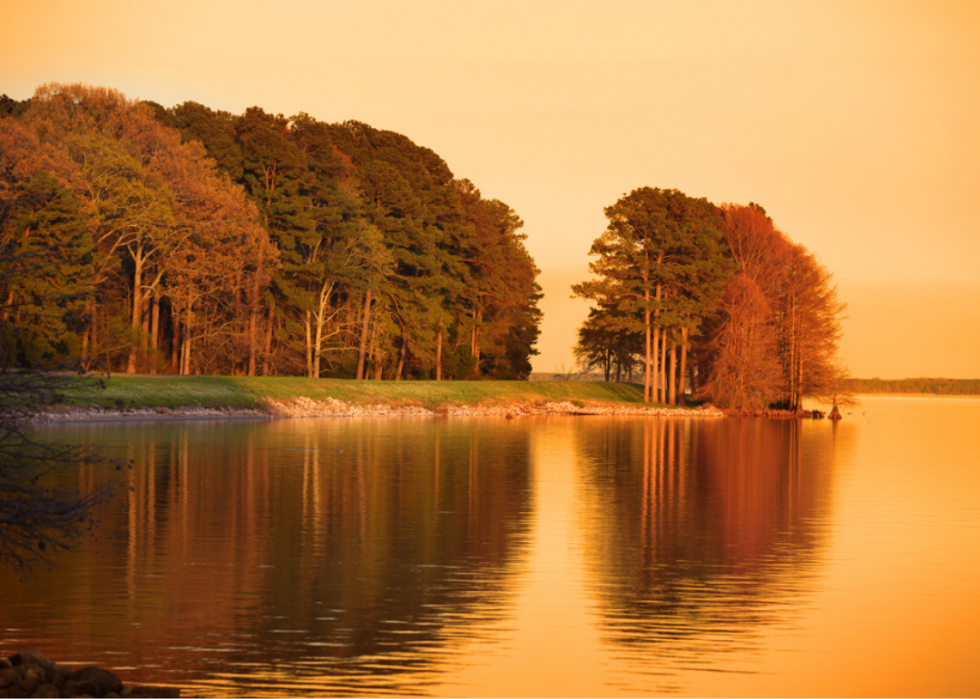
Mississippi: Ross Barnett Reservoir
This 33,000-acre body of freshwater is not only a great place to fly fish, but it is the state’s largest drinking water resource, as well. Located along the Pearl River, fly anglers can haul in largemouth and spotted bass as well as swap out patterns to land bream, catfish, and crappie. The area, known by the locals as “The Rez,” is divided into three separate areas with each offering its own unique fishing experience. Spotted bass are most plentiful from just north of Highway 43 to Low Head Dam. Fly anglers also gather at Natchez Trace during the summer mayfly hatch.
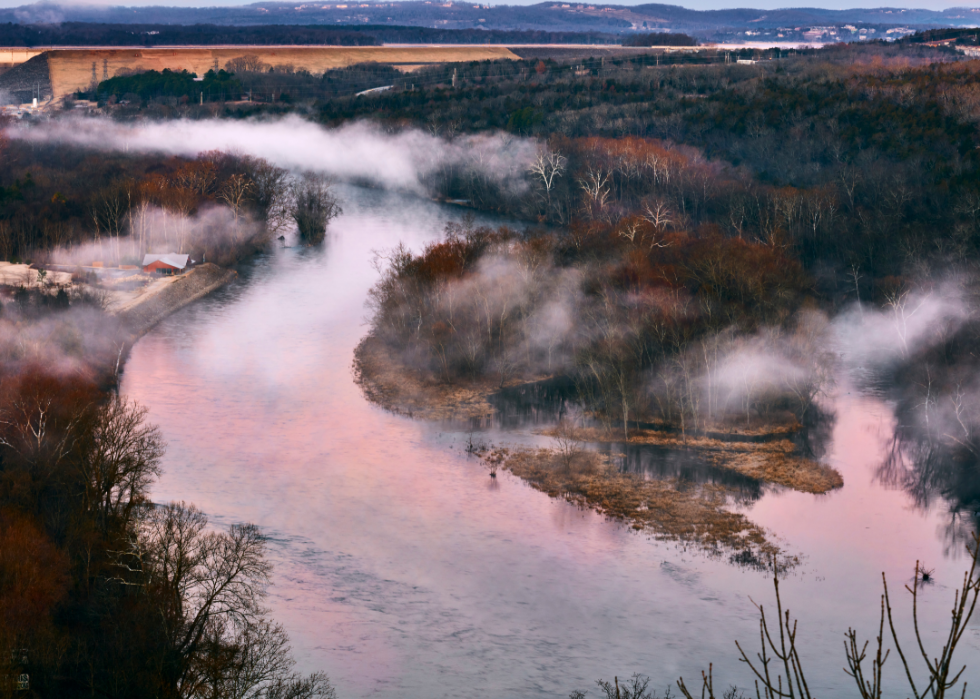
Missouri: Lake Taneycomo
Featuring 40 miles of shoreline, Lake Taneycomo has a reputation for being one of the best lakes for trout fishing in the United States. The water is well-stocked with browns and rainbows. The most popular spot for fly fishing is the three-mile run between the Table Rock Dam and Fall Creek. The bass fishing on the lake is considered to be among the best-kept secrets in the Ozarks, particularly at the lower end of Taneycomo between Bull Creek (near Rockaway Beach) and the Powersite Dam.
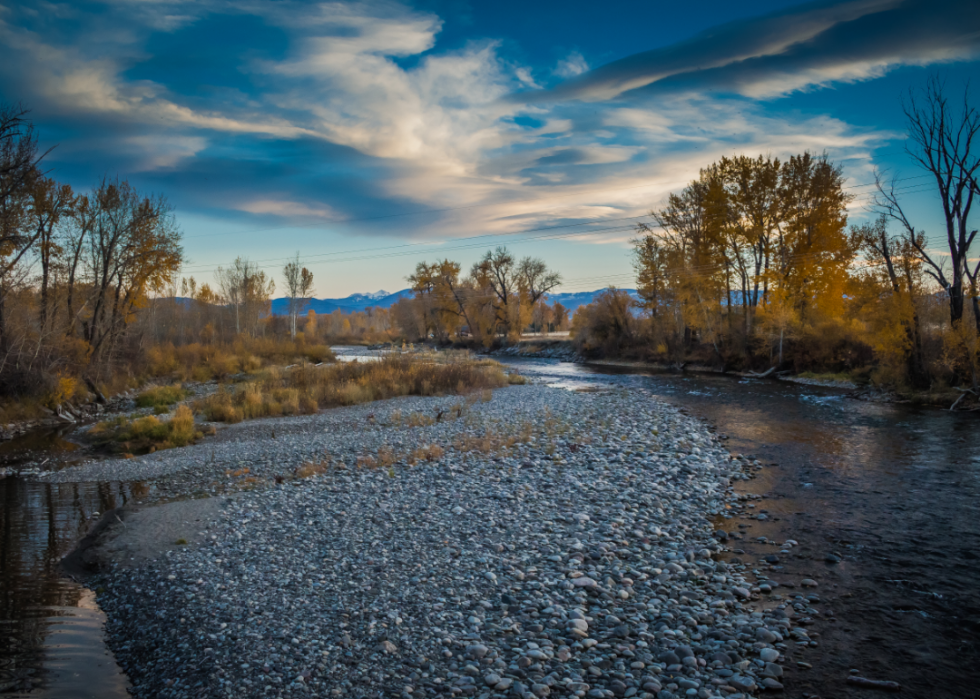
Montana: Gallatin River
The section of the Gallatin River just outside Yellowstone that flows past Big Sky and through Gallatin Canyon is known for its excellent fly fishing and as the filming location for many of the scenes in the 1992 movie “A River Runs Through It.” Though no float fishing is allowed, this section of the river offers exceptional wade fishing. The river has breathtaking scenery and the opportunity to snag both rainbow trout and brown trout.
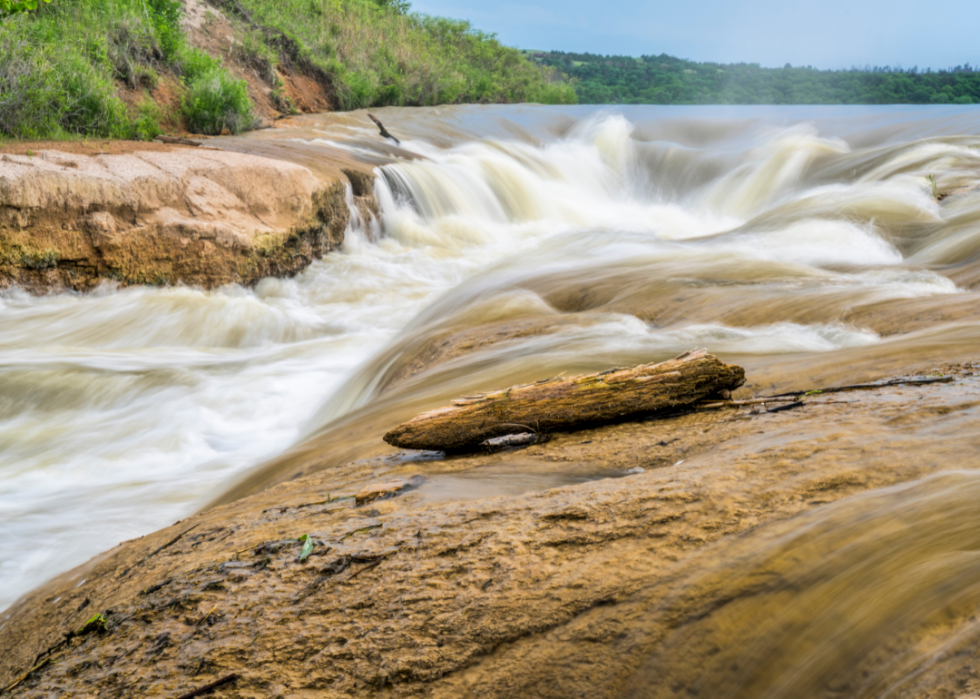
Nebraska: Niobrara River
Fly anglers will find rainbow and brown trout along several spring-branch canyon tributaries of the Niobrara River in northern Nebraska. The Niobrara River drainage is home to the most fish species in the state. Browns and rainbows are stocked annually by the Nebraska Game and Parks Commission, with the best trout fishing in Sioux, Box Butte, and Dawes counties. Though much of the Niobrara River flows through private property, public access is available at Agate Fossil Beds National Monument, near Harrison, Nebraska.
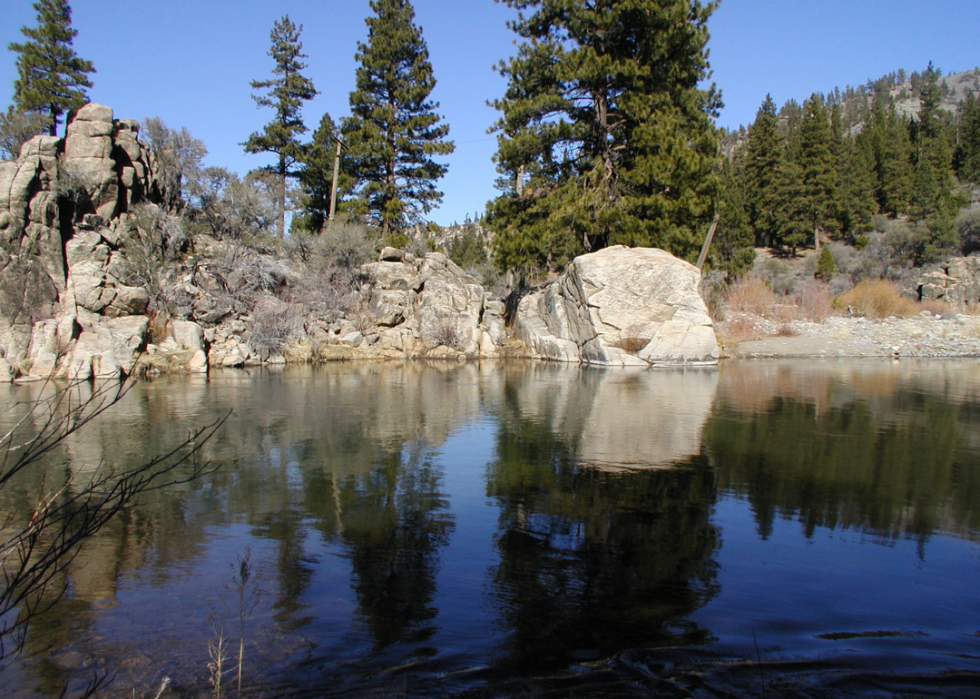
Nevada: Truckee River
The Truckee River begins at Lake Tahoe and flows more than 100 miles through downtown Reno and into Pyramid Lake in the Great Basin. The popular waterway features wild trout along much of its length. Rainbows, browns, and cutthroats abound, along with a trophy section just over the state border. European-style nymphing is more successful here than traditional nymphing methods.
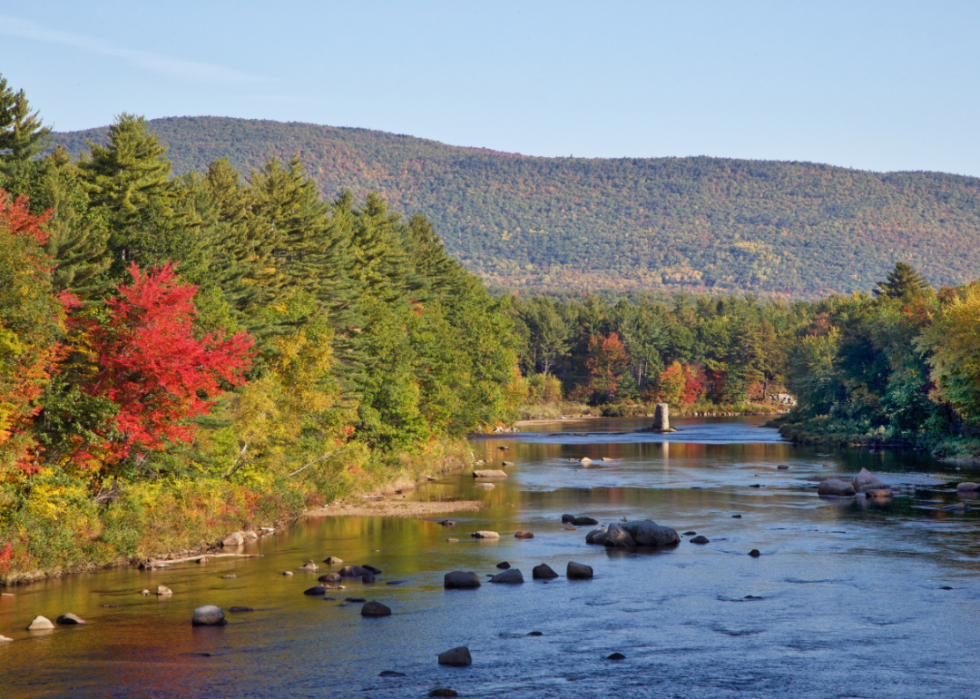
New Hampshire: Saco River
This clear-water river that starts at Saco Lake and winds its way into the neighboring state of Maine offers sight fishing. New Hampshire Fish and Game stock the Saco with brook trout, brown trout, and rainbow trout by the thousands. During open season, taking trout two hours after sunset and one hour before sunrise is prohibited, and the Saco is closed to fishing Oct. 16 through Dec. 31.
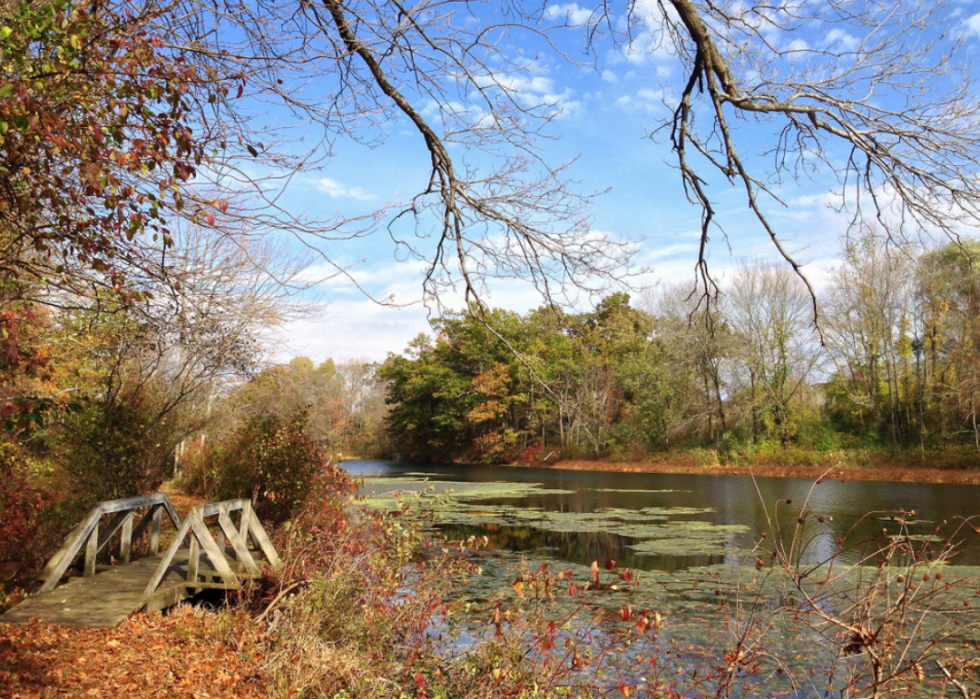
New Jersey: Musconetcong River
Filled with catfish, stripers, largemouth bass, and stocked trout, the Musconetcong River has several public access points. Often referred to as the Musky, the river has 19 known trout production tributaries entering it, contributing to its reputation as one of the best trout-fishing waterways in the state.
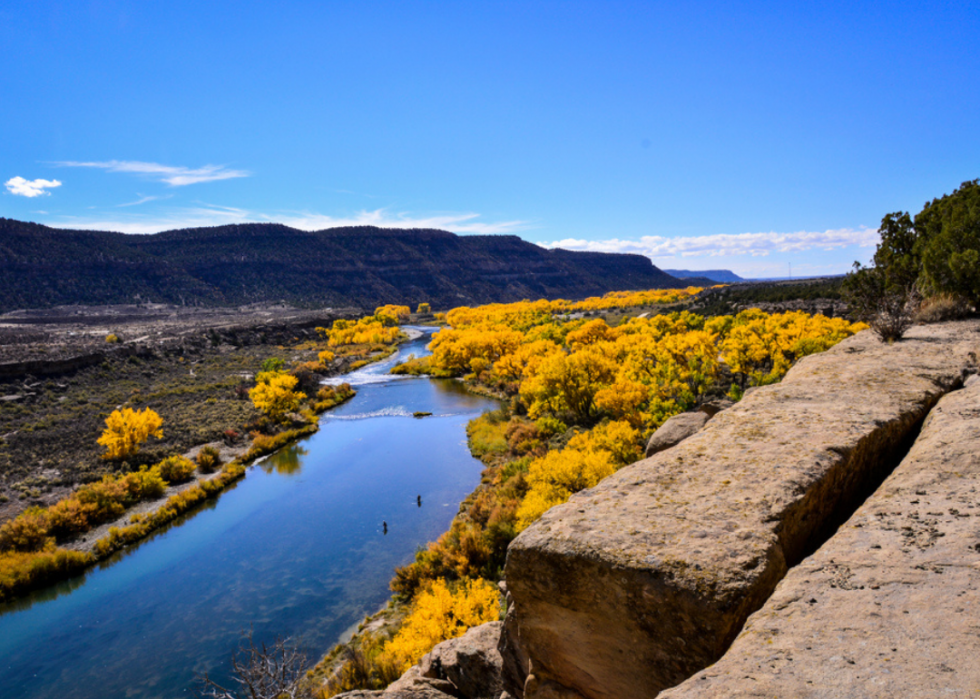
New Mexico: San Juan River
The San Juan River runs for about 355 miles through several states, including northwestern New Mexico. The waterway serves as an exciting fly fishing destination, particularly the four-mile stretch below Navajo Dam that's brimming with browns and rainbows averaging 16 to 18 inches in length. This part of the river has an estimated 15,000 fish per mile. Small midges and annelids are the staple food sources for these trout, so small flies imitating either will be most effective overall.
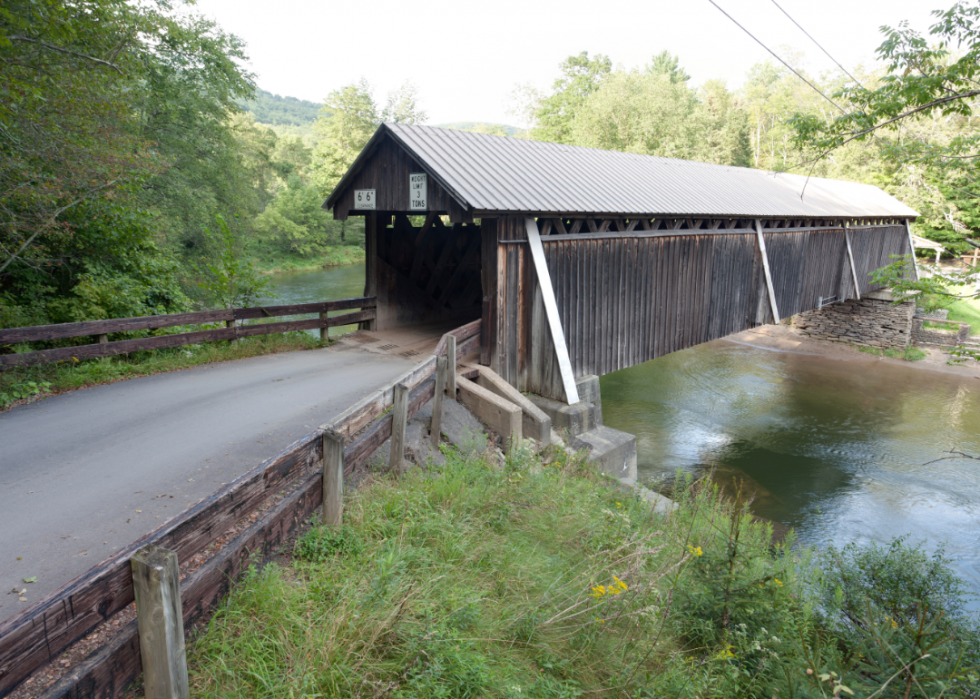
New York: Beaverkill River
A tributary of the East Branch of the Delaware River, this Catskill stream is filled with trout. At one point this bountiful river experienced overfishing, though conservationists have stepped up to restore and rescue Beaverkill. The river is divided into two sections, and the lowest section has two no-kill, catch-and-release-only areas. Water levels can get quite low throughout the summer, making spring the premier time to fly fish this popular waterway.
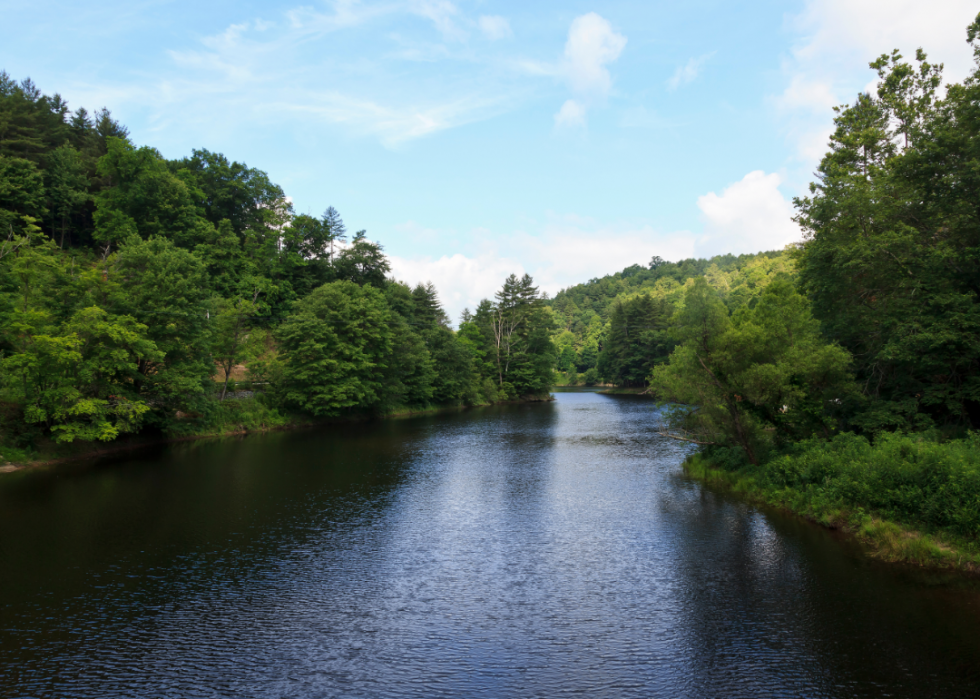
North Carolina: Tanasee Creek
Housed within the Nantahala National Forest, Tanasee Creek is part of the Western North Carolina Fly Fishing Trail. The waterway is filled with wild brown trout. The creek is just a few miles long but serves as a hidden gem for experienced fishermen from all over.
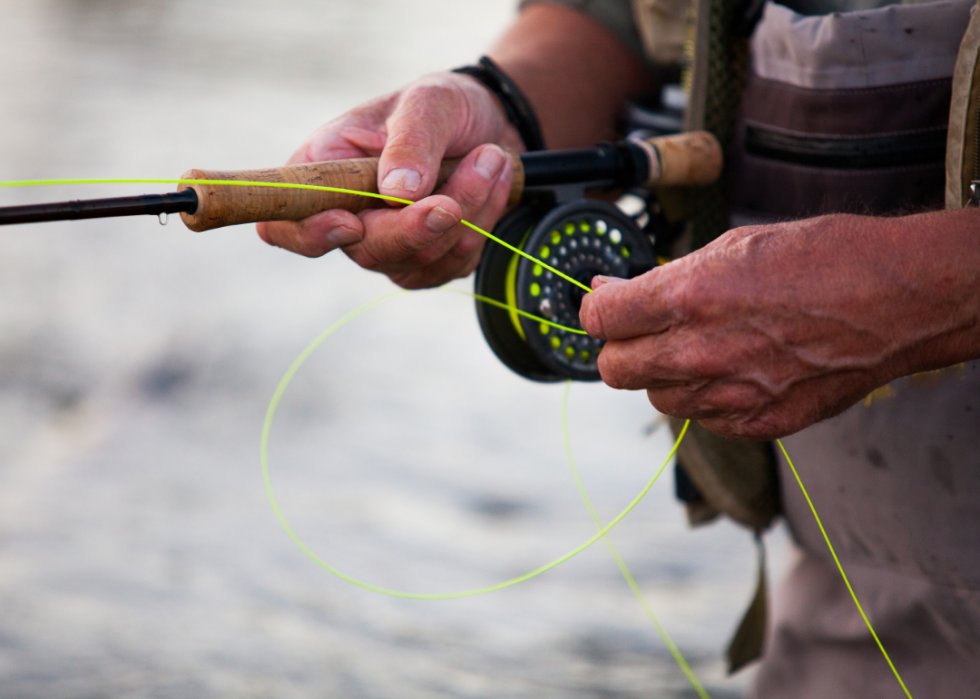
North Dakota: Devils Lake
Devils Lake in northeastern North Dakota, known colloquially as the Perch Capital of the World, offers fabulous fly fishing in May with walleye, pike, perch, and white bass. The state’s largest natural body of water covers more than 160,000 acres with over 300 miles of shoreline and is fishable by shore or boat. The lake additionally features numerous boat landings, fish-cleaning stations, and access points.
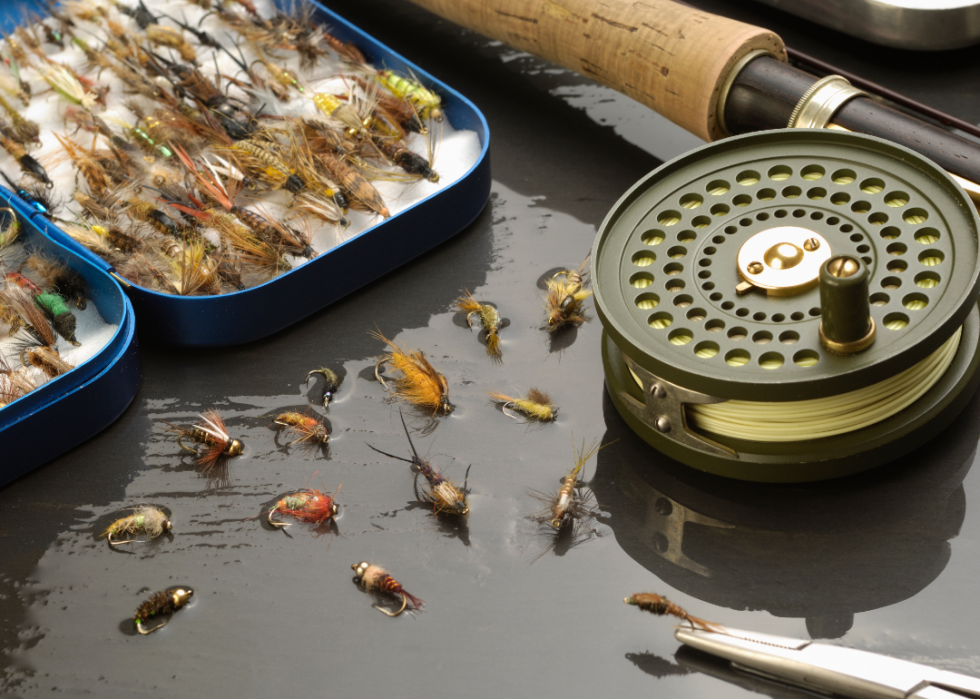
Ohio: Mad River
The 60-mile-long Mad River's upper section between Campbell Hill and Springfield stays cold enough for a solid population of trout, including native brookies—a rarity for Ohio. Spring creeks feed the water here with pH levels that support excellent aquatic insect hatches the trout thrive on. The Division of Wildlife stocks the Mad with catchable 6- to 8-inch browns, which can be tricky to pursue in the Mad's undercut banks.
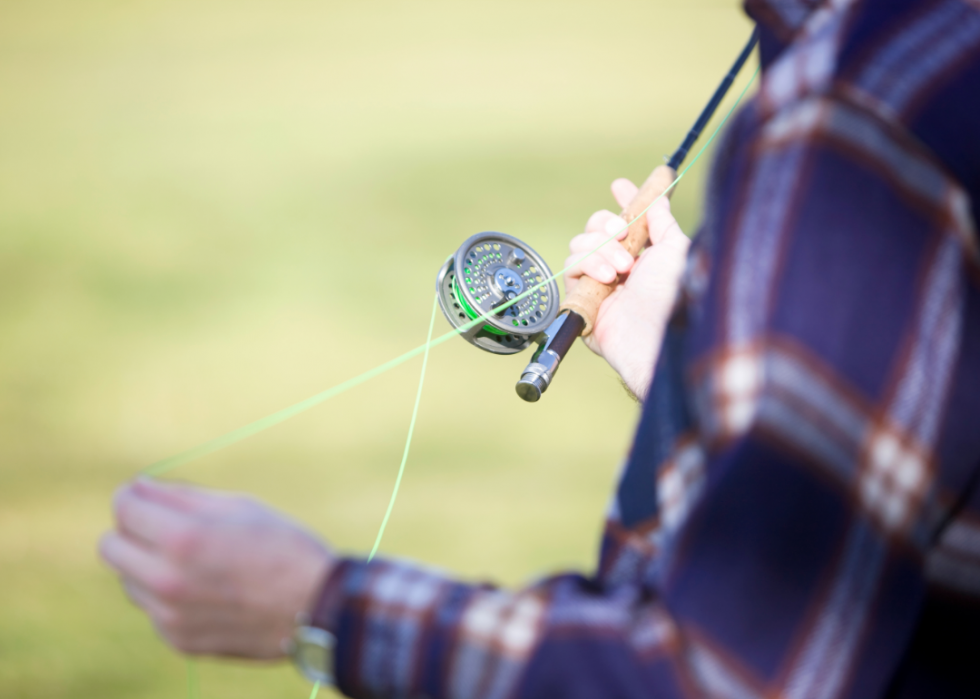
Oklahoma: Lower Illinois River
Featuring year-round fly fishing, the Lower Illinois River is stocked weekly with brown and rainbow trout. Also home to walleye, white bass, and the occasional striped bass, the river offers several public access points including the River Road Public Access Area and the Gore Landing Public Access Area. The river is one of just two year-round trout fisheries in the state.
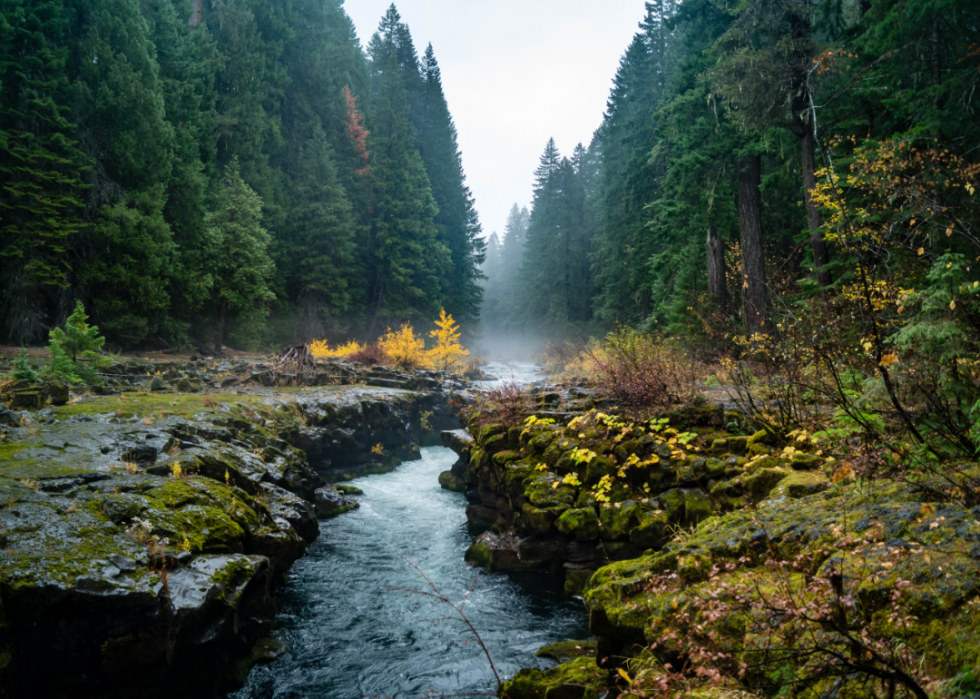
Oregon: Rogue River
Located along the Oregon Coast, the Rogue River offers challenging fly fishing for even the most seasoned angler. King salmon run from late summer through fall and the freshwater-bound kings can range in size from 20 to 50 pounds. Salmon fishing goes wild in the spring as chinooks enter the waterway, but the area is most famous for its massive summer steelhead run that draws fly anglers in from around the world.
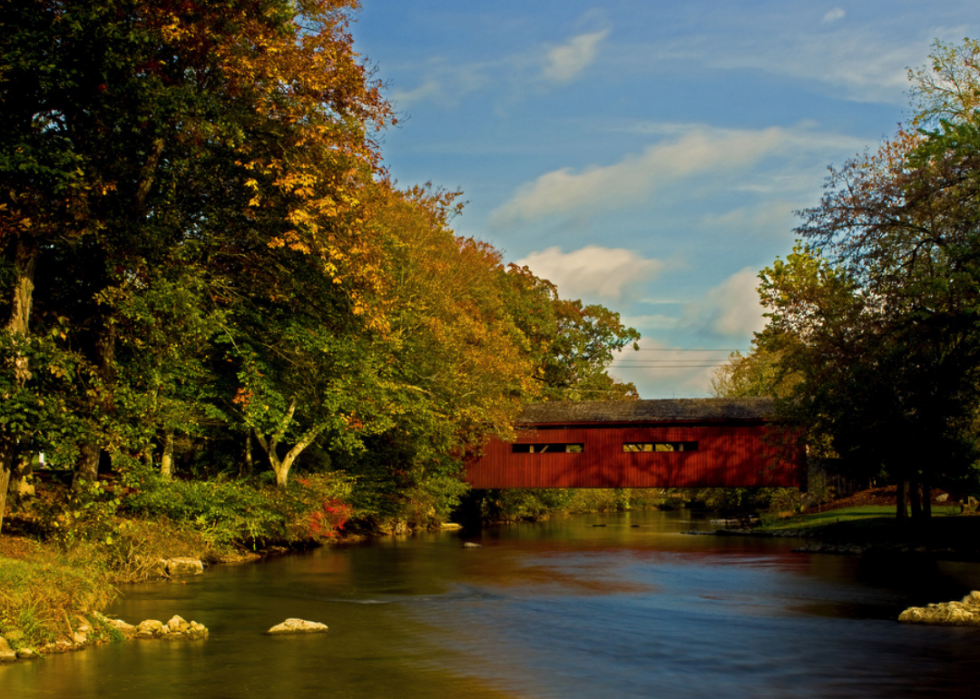
Pennsylvania: Yellow Breeches Creek
Located in Cumberland Valley, the world-renowned limestone stream that is Yellow Breeches Creek offers fly anglers dozens of miles of open water flush with stocked and wild trout. The creek is a Class A wild brown trout fishery that also stocks rainbows and brookies. The most popular section of Yellow Breeches is catch and release and is located between Boiling Springs and Allenberry Resort.
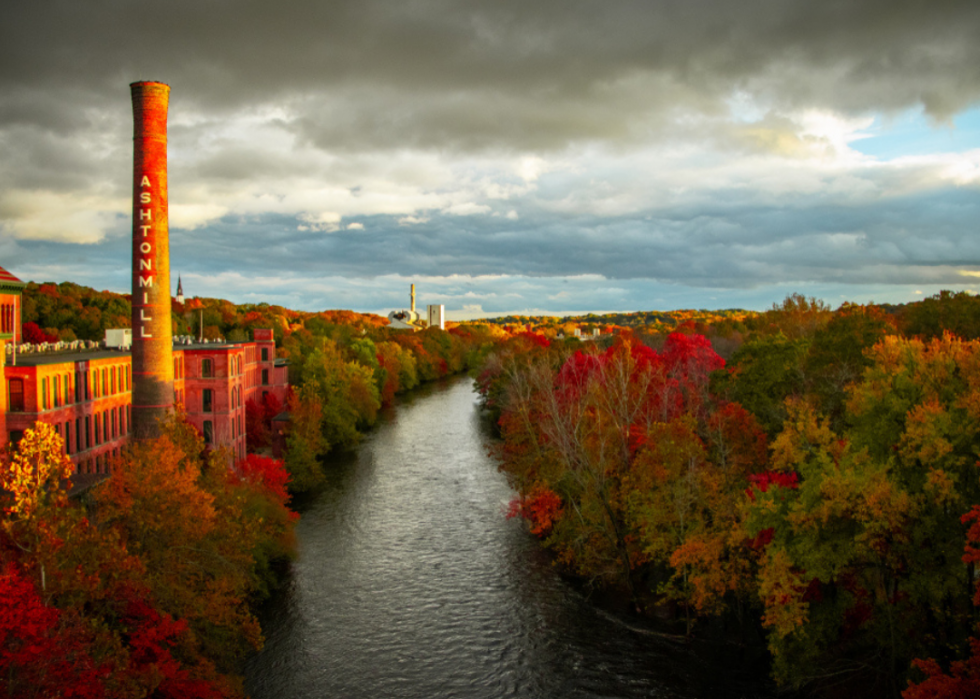
Rhode Island: Blackstone River
Fly anglers in Rhode Island are familiar with popular spots like the Wood River and Colt State Park. But the Blackstone River—once dirty and unfishable—offers a unique setting where rainbows and browns are stocked annually. The body of water has been restored through significant conservation efforts and offers a more suburban and industrial vantage point than most fishing spots on this list. Brown and rainbow trout are stocked annually here, but the majority don't survive summertime water temps, making for the best fishing in early spring and late fall.
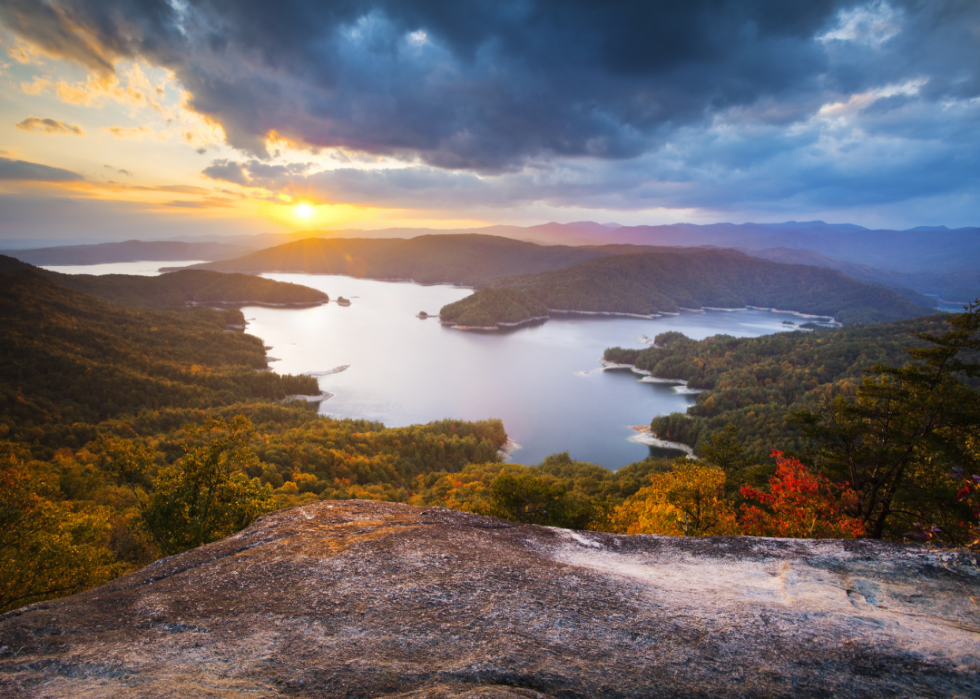
South Carolina: Lake Jocassee
A picturesque reservoir in the mountains, Lake Jocassee is a 7,565-acre engineered lake in northwest South Carolina housing browns and rainbows, smallmouths, and sunfish. Trout fishing in particular is wildly popular here. Maintained by Duke Power Company, public access is available through Devils Fork State Park. The lake is home to state weight records for the brown trout, rainbow trout, redeye bass, smallmouth, and spotted bass.
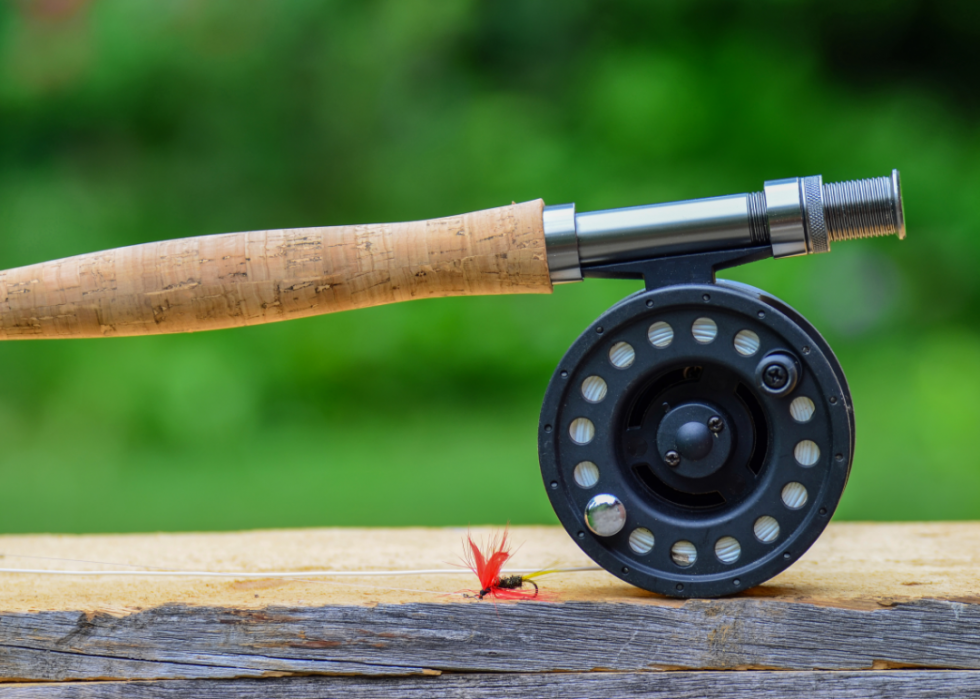
South Dakota: Whitewood Creek
A trout stream flows through the town of Deadwood, South Dakota, in the Black Hills. Whitewood Creek has a current that is just the right speed for nymphing and has clear water filled with riffles and pools. Deadwood itself offers several unique fly fishing opportunities for anglers of every skill level.
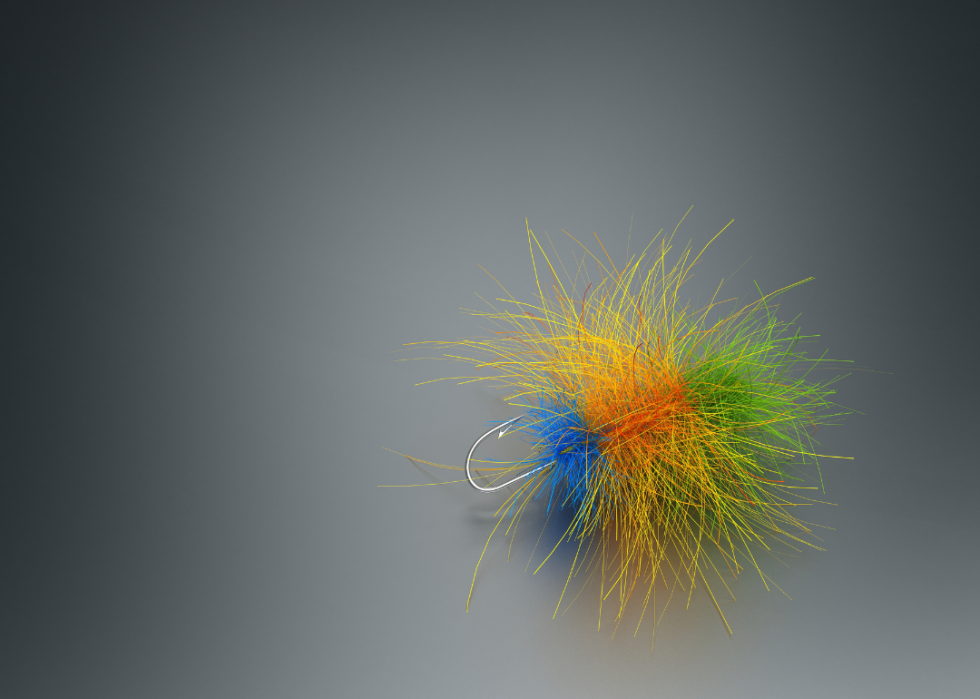
Tennessee: Little River
The Little River boasts Southern Appalachian brook trout, wild rainbows, and notably large browns. Its first 18 miles are located in the Great Smoky Mountains and composed of various prongs. The river has been rated among the 100 best trout streams in the U.S. by Trout Unlimited. Little River's best and challenging trout fishing can be had around the large plunge pools comprising "The Sinks."
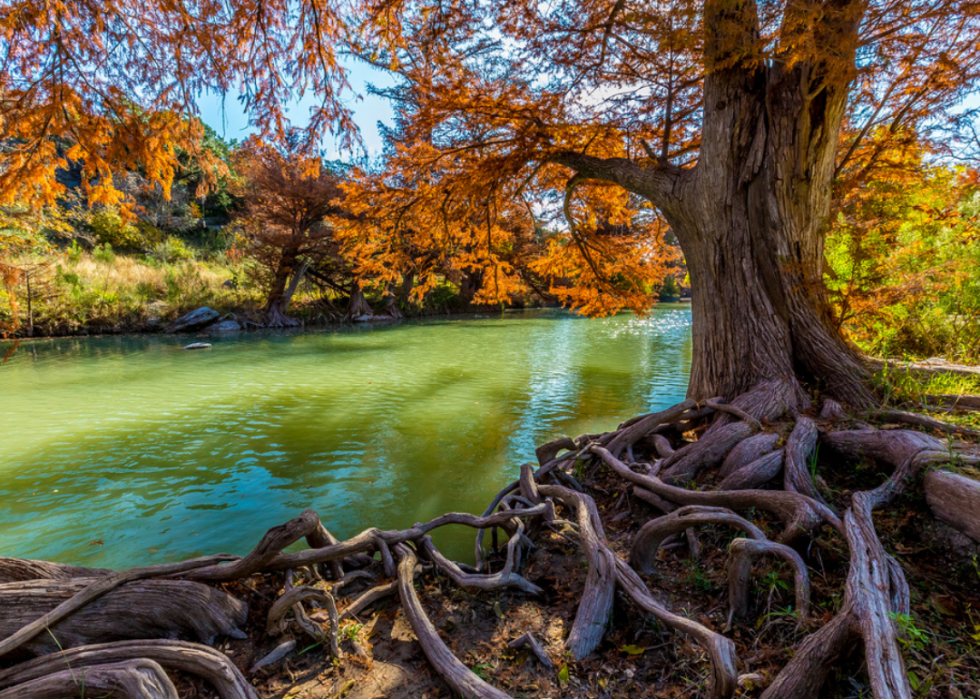
Texas: Guadalupe River
Home to the only wild-born Texas river trout in the state, the Guadalupe River holds rainbows and browns along with its fair share of bass. Trout are stocked between the Canyon Dam and New Braunfels. Guadalupe Park offers free public access year-round and seasonal free access is available at Camp Huaco Springs. With extremely limited public access points, many anglers in the area choose to cast from floats.
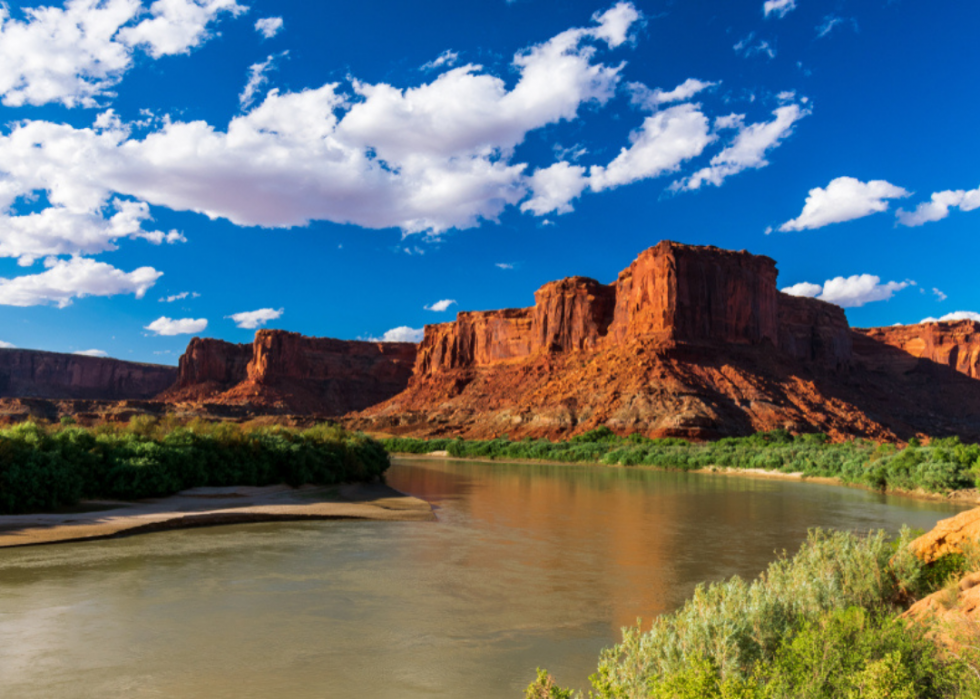
Utah: Green River
The Green River offers an unparalleled fly fishing experience with an abundance of rainbows, browns, cutthroats, and cut-bow hybrid trout in its cool emerald waters. You'll find the best fly fishing on this gorgeous river—and anywhere in the state—just below the Flaming Gorge Dam and running along the "A" section of the river to Little Hole. Parking and trail access is available at both ends. Drift boats are preferred by many for fishing the A, B, and C sections of the Green.
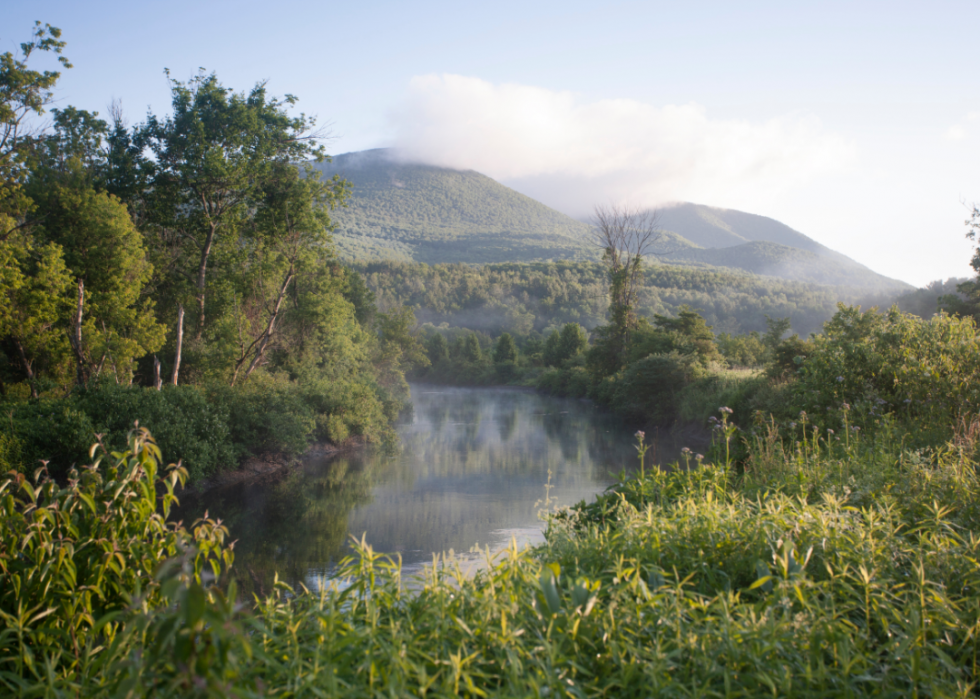
Vermont: Battenkill River
The Battenkill poses a great challenge for even the most experienced fly angler, home to wild brookies and browns that know their flies and stick to deep pools and banks. A good deal of the river is located on private property, though there are several access points to this scenic water spot housed in the Green Mountains of southwestern Vermont. The shallow river is ideal for wading; nymphs do best on the deeper runs here.
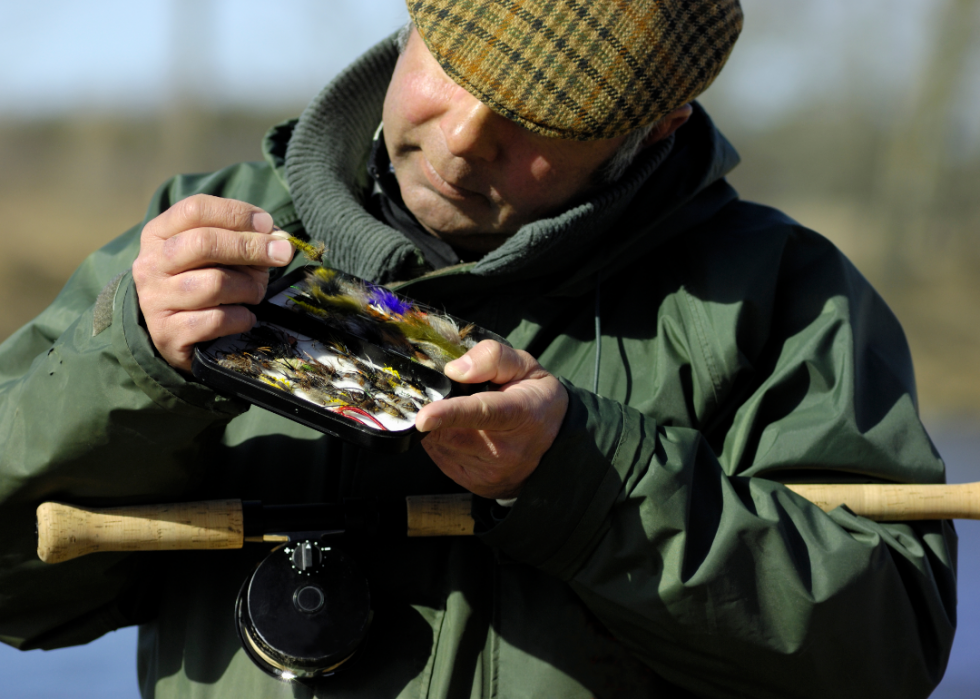
Virginia: Mossy Creek
Mossy Creek is a special regulation stream located in the Shenandoah Valley. It is dedicated to fly fishing, and only four miles of owner-managed water are open to the public. The creek is stocked annually with fingerling brown trout, and smallmouth and largemouth bass can also be found. Anglers are required to fish from the steep shoreline here, as no wading is permitted.
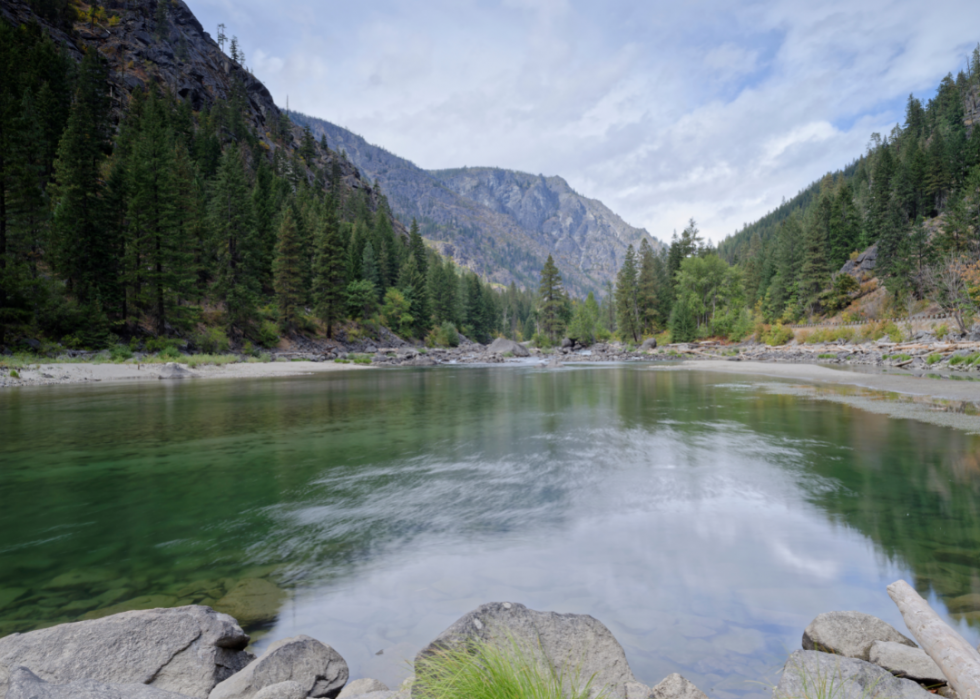
Washington: Wenatchee River
A 55-mile tributary of the Columbia River, the Wenatchee River offers plenty of steelhead trout due to an effort to restore the population that began in the early 2000s. The best fishing here is in the late summer and early fall. Conservation efforts along the Wenatchee require that all wild fish must be released.
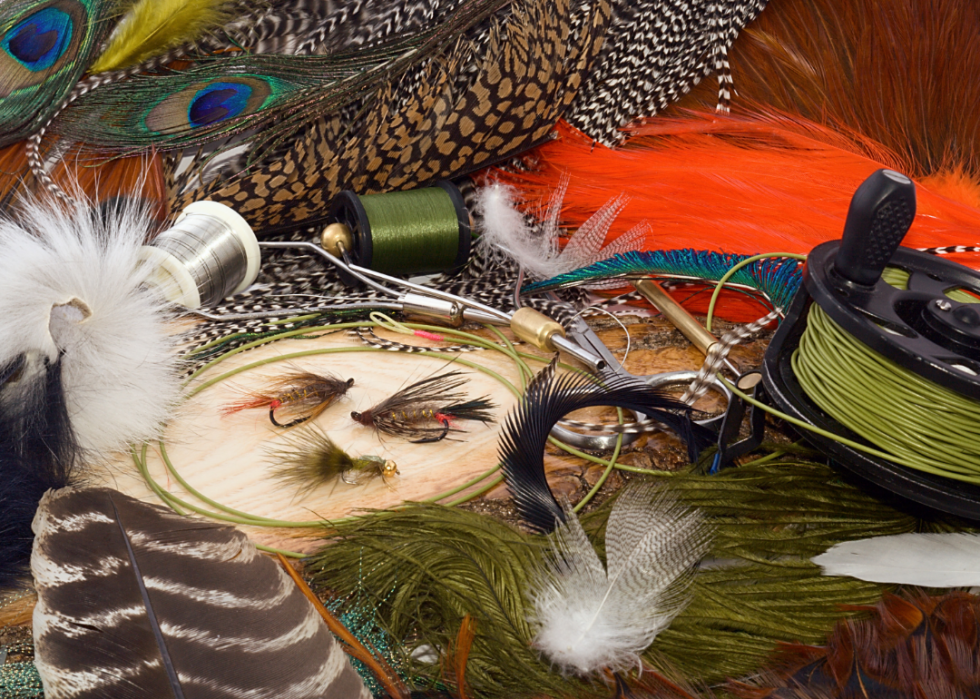
Washington D.C.: Fletcher’s Cove
Known locally for its spring shad runs, Fletcher’s Cove is located in the city along the Potomac and has a storied history, including a connection to English explorer Capt. John Smith. Plentiful amounts of bass and rockfish dominate in the summer, along with blue and channel catfish.
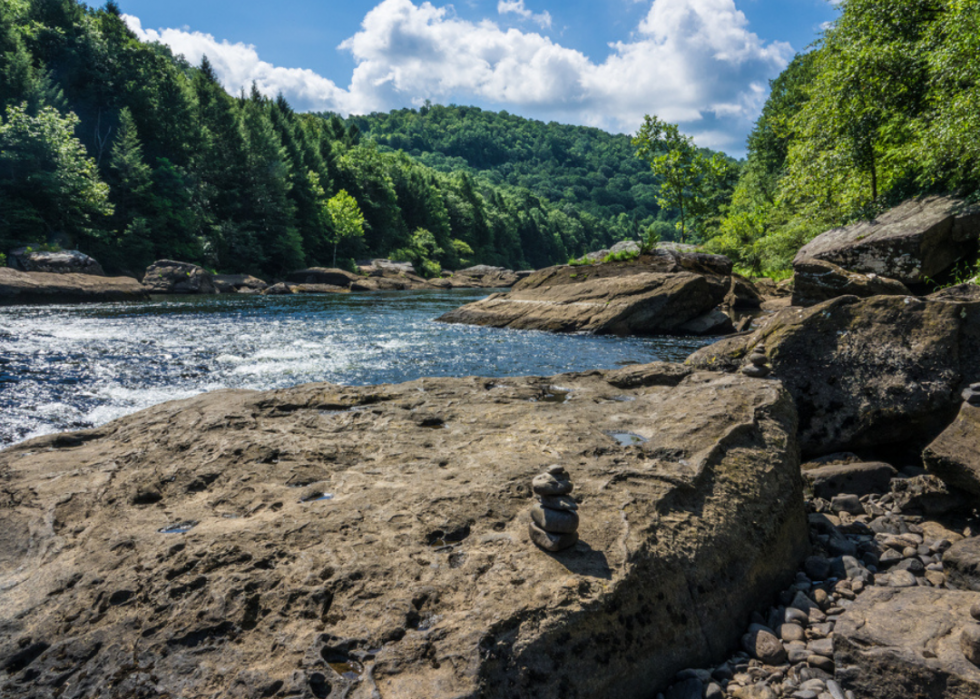
West Virginia: Gauley River
Located in the Gauley River National Recreation Area, the Gauley River is remote and beautiful with plenty of trout, walleye, muskellunge, and smallmouth bass to be found. Stocked by the West Virginia Department of Natural Resources, spring and fall are the best times of year to fish.
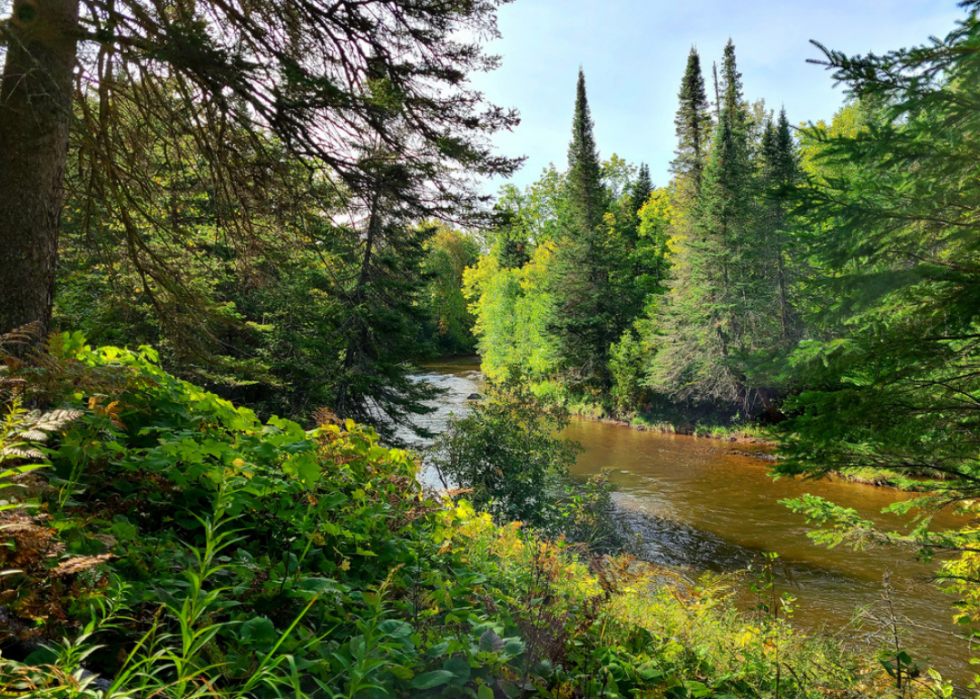
Wisconsin: Bois Brule River
Located in northeast Wisconsin, the Brule is a 44-mile-long spring creek housing steelhead, rainbows and browns, and salmon. The fly fishing is excellent between county highways B and S, with peak season running mid-July to mid-September.
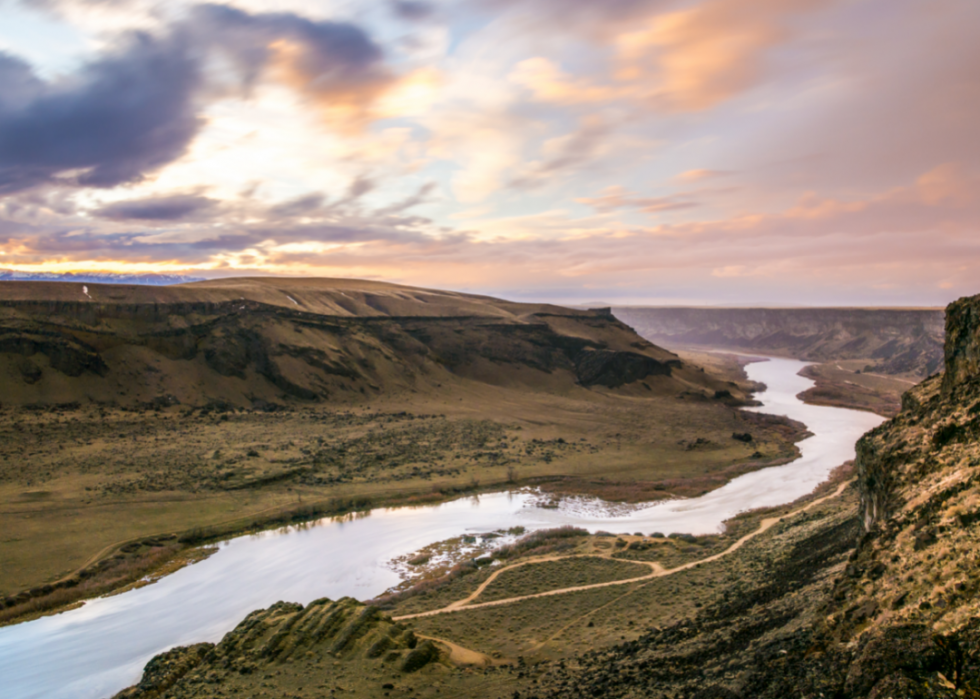
Wyoming: Snake River
The Snake River lies in Idaho and Wyoming and flows through Jackson Hole, Wyoming. The location is stunning, but what lures the anglers to the Snake River are the cutthroats and browns. It is also a great place to see local wildlife including bison, elk, moose, deer, bears, and bald eagles.
This story was produced and distributed in partnership with Stacker Studio.



